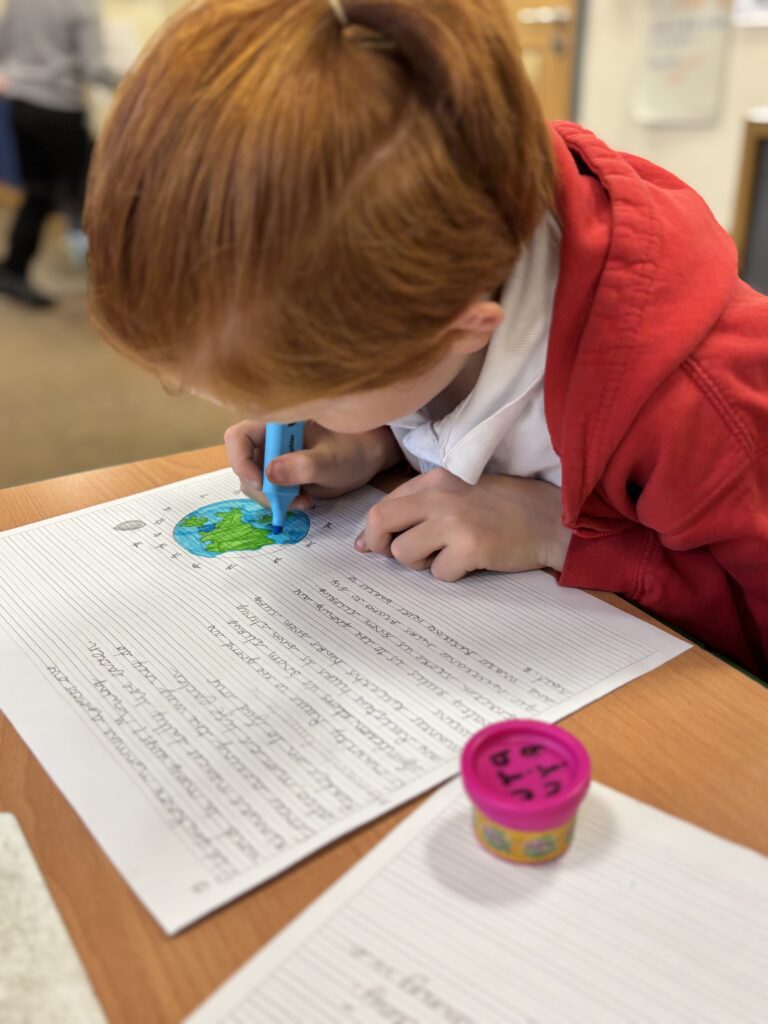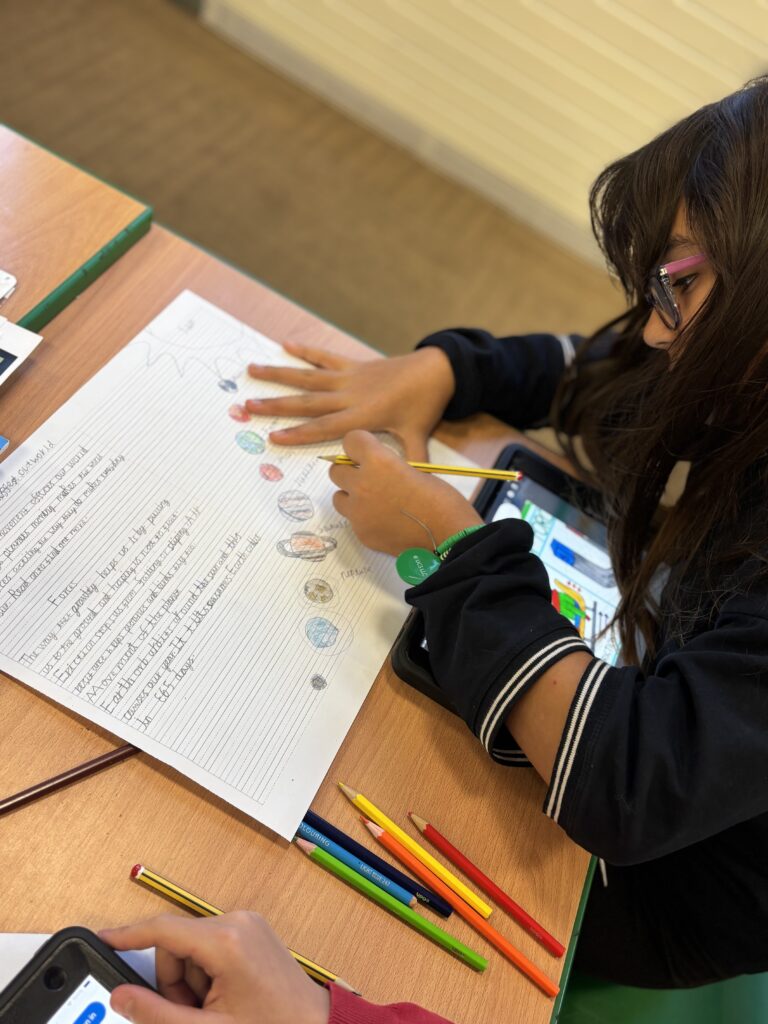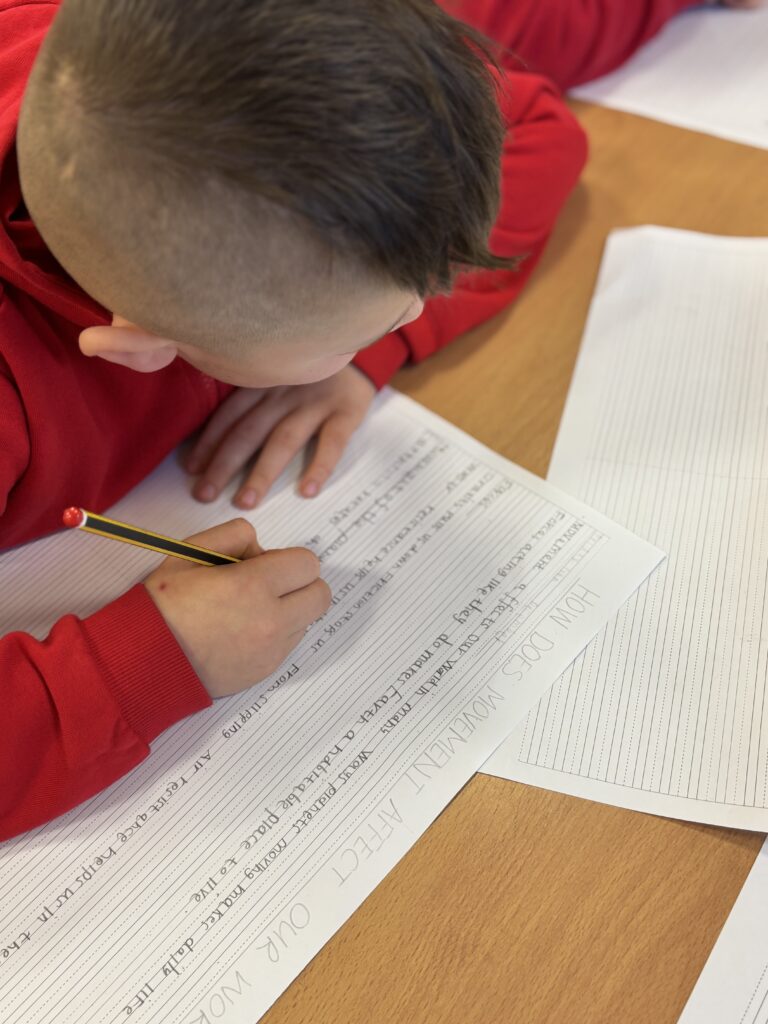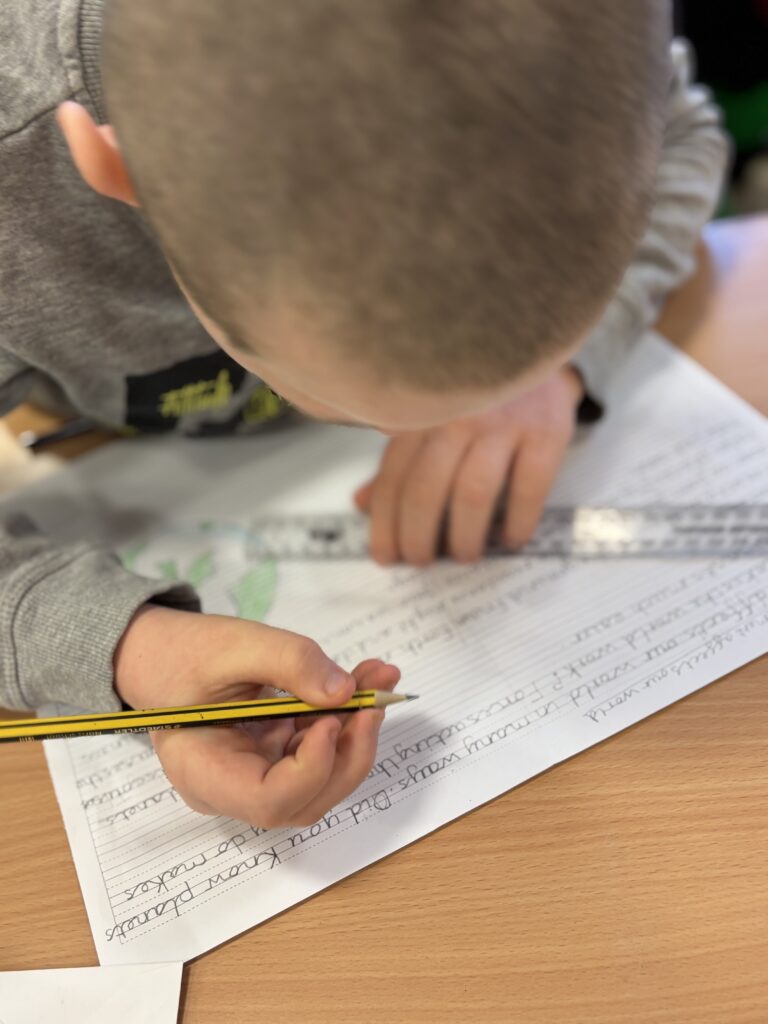Crew MI were super spellers and practised them on a graffiti wall!
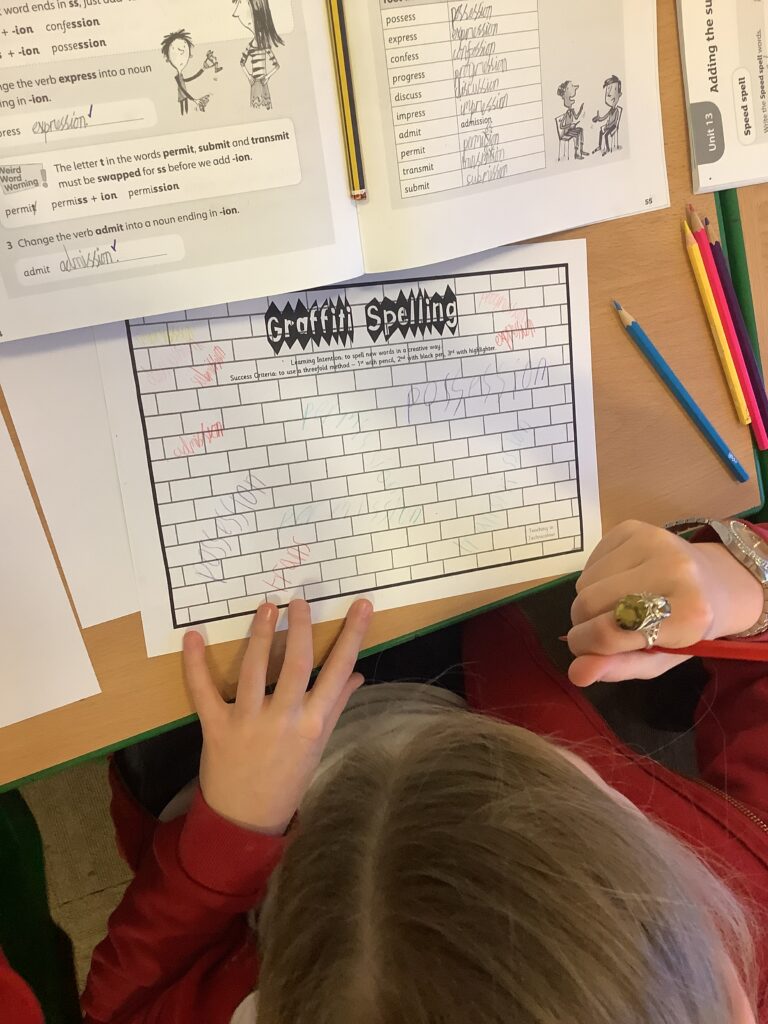
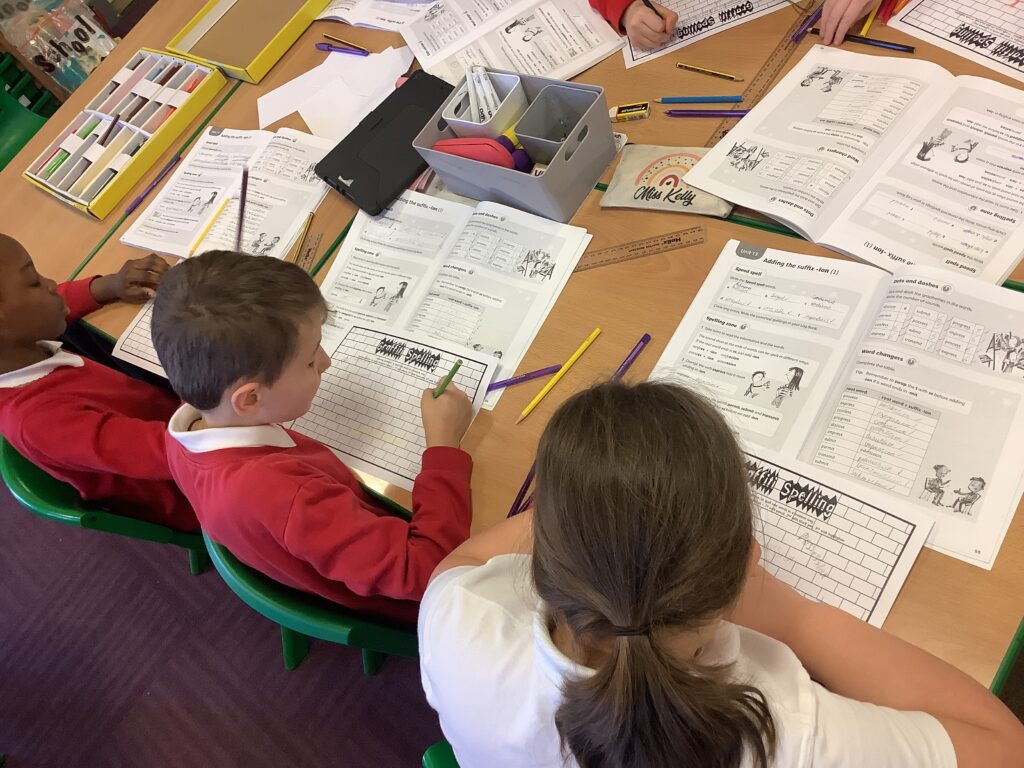
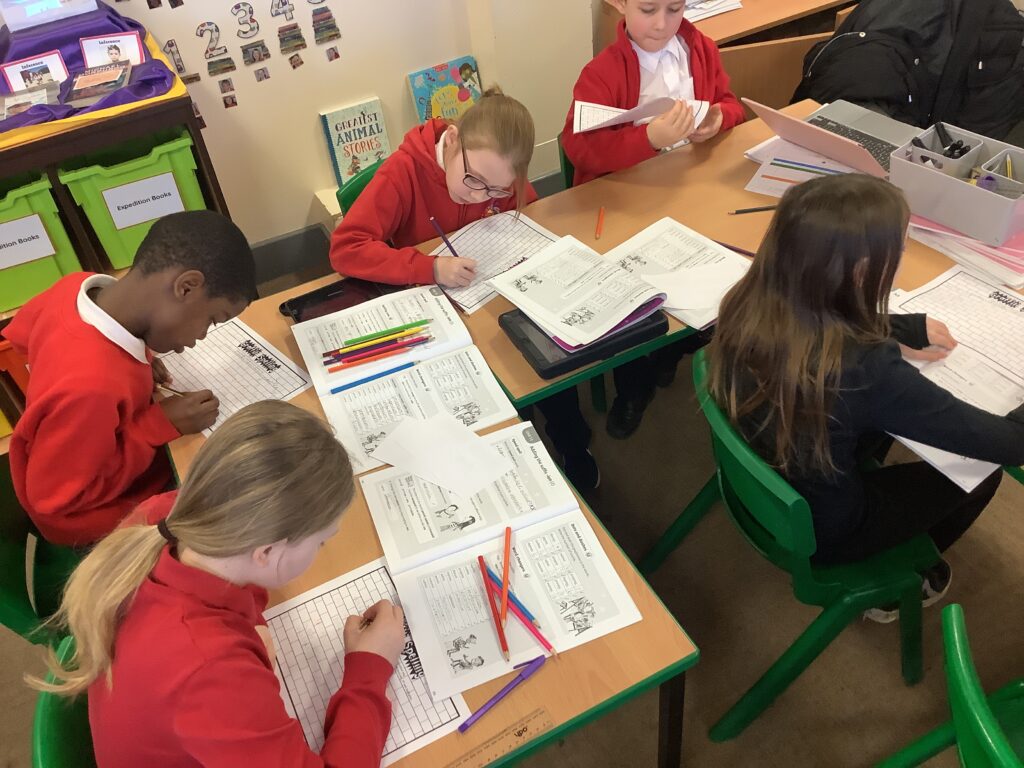
Crew MI were super spellers and practised them on a graffiti wall!



Before the half term we make Valentine’s Day cards for our grown ups, we used our hands to make a flower, we also used toilet roll tubes to make love hearts! We also practiced our hand writing, look how good we’re see getting with writing our names!✍️
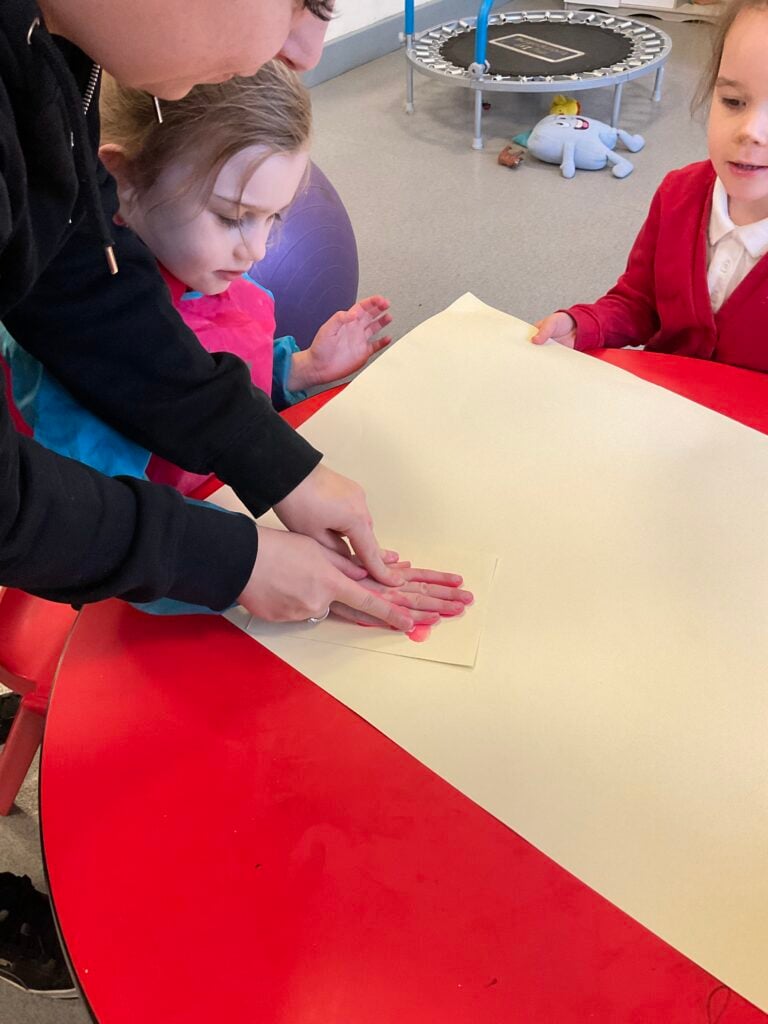
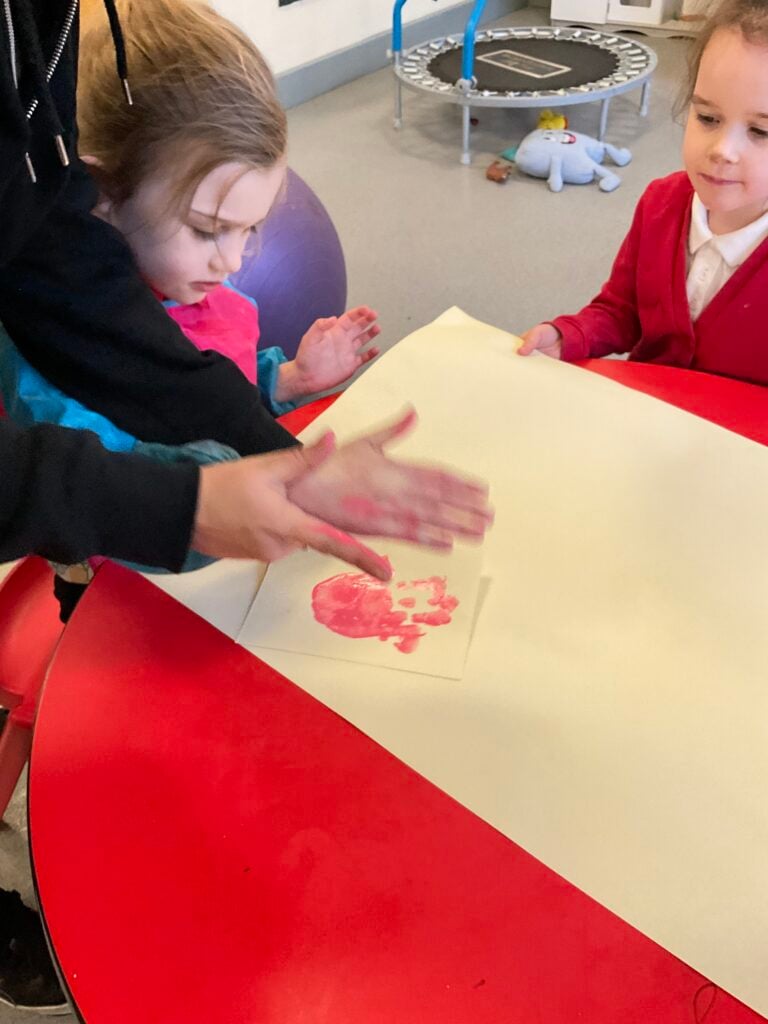
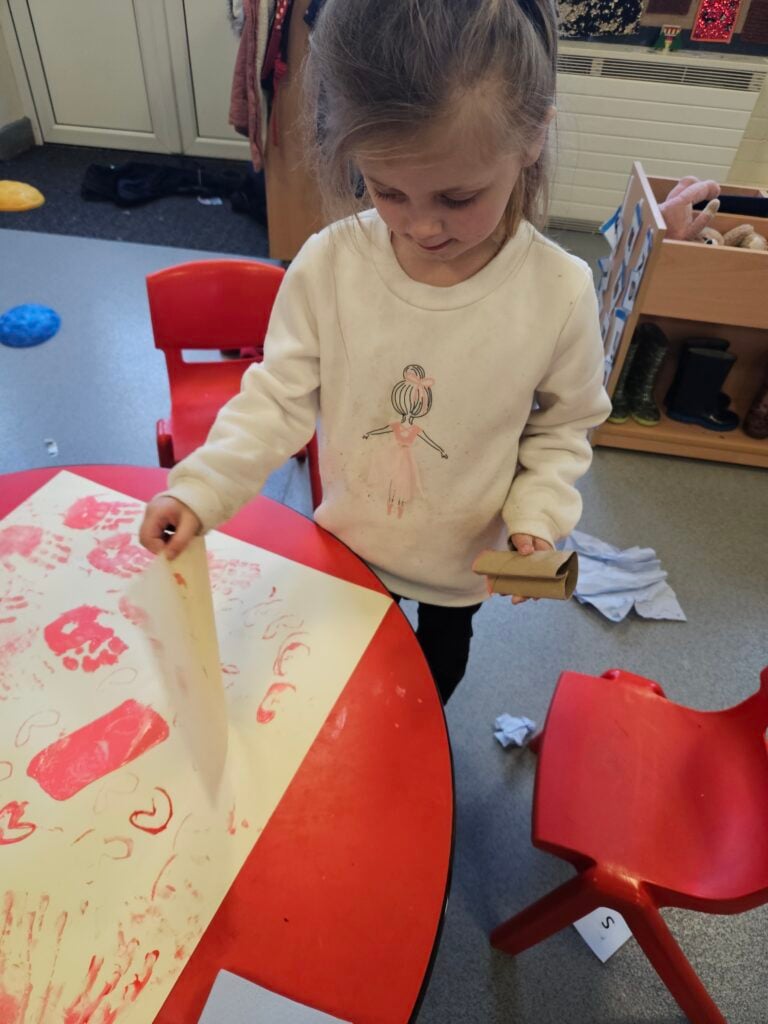
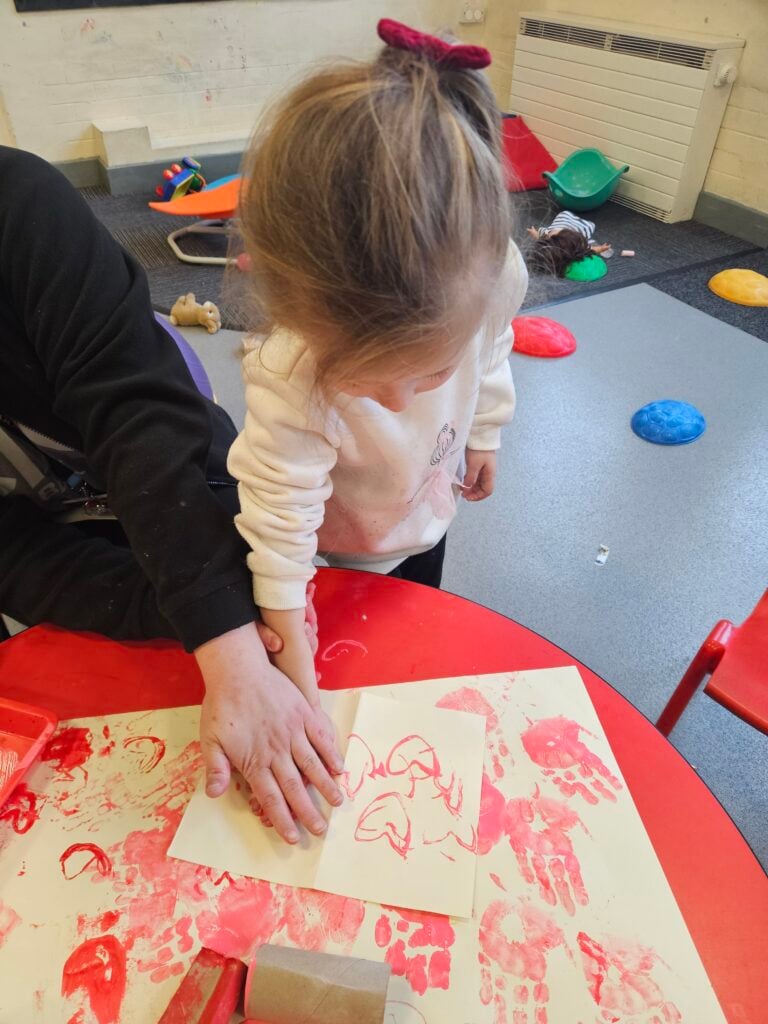
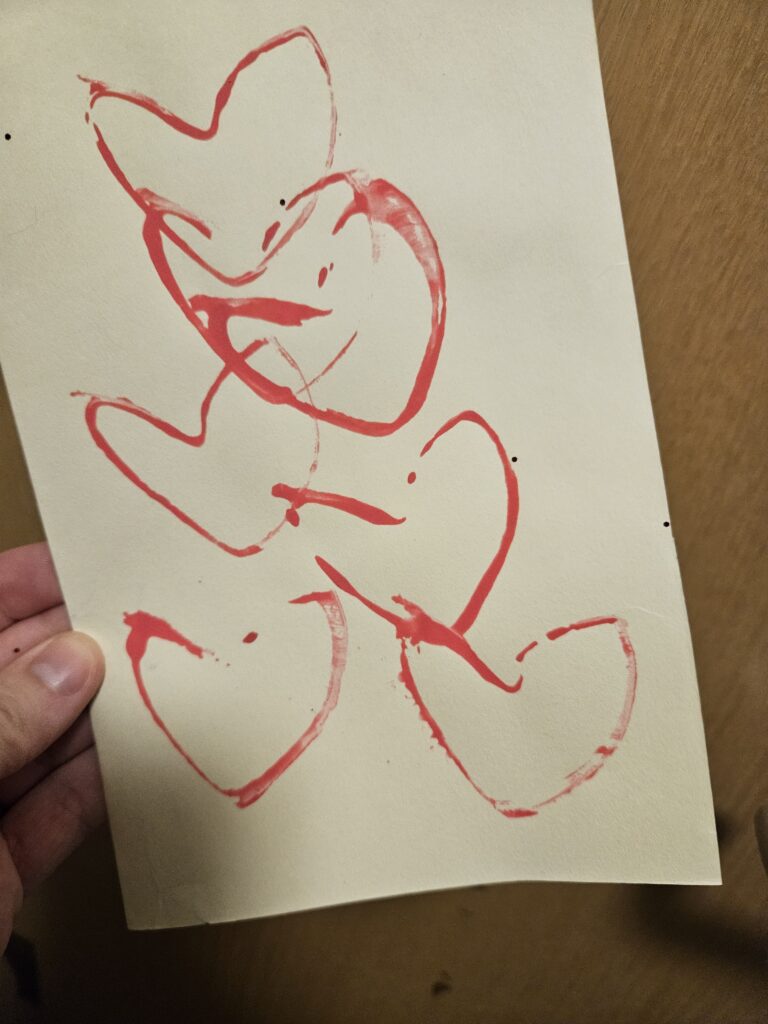
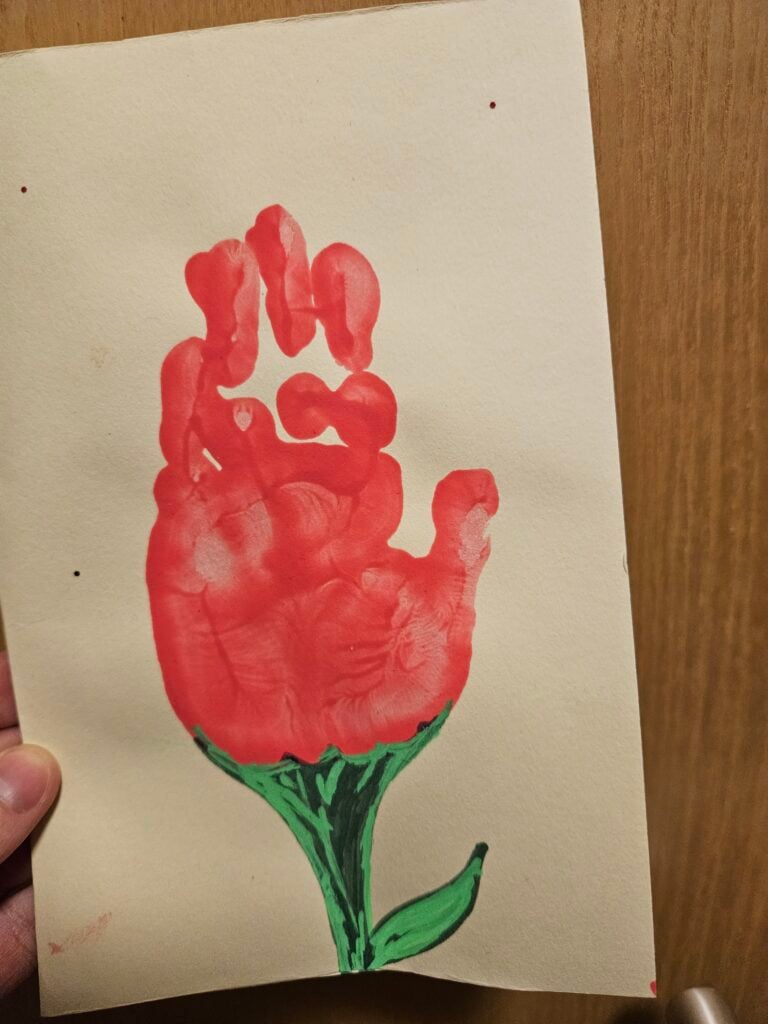
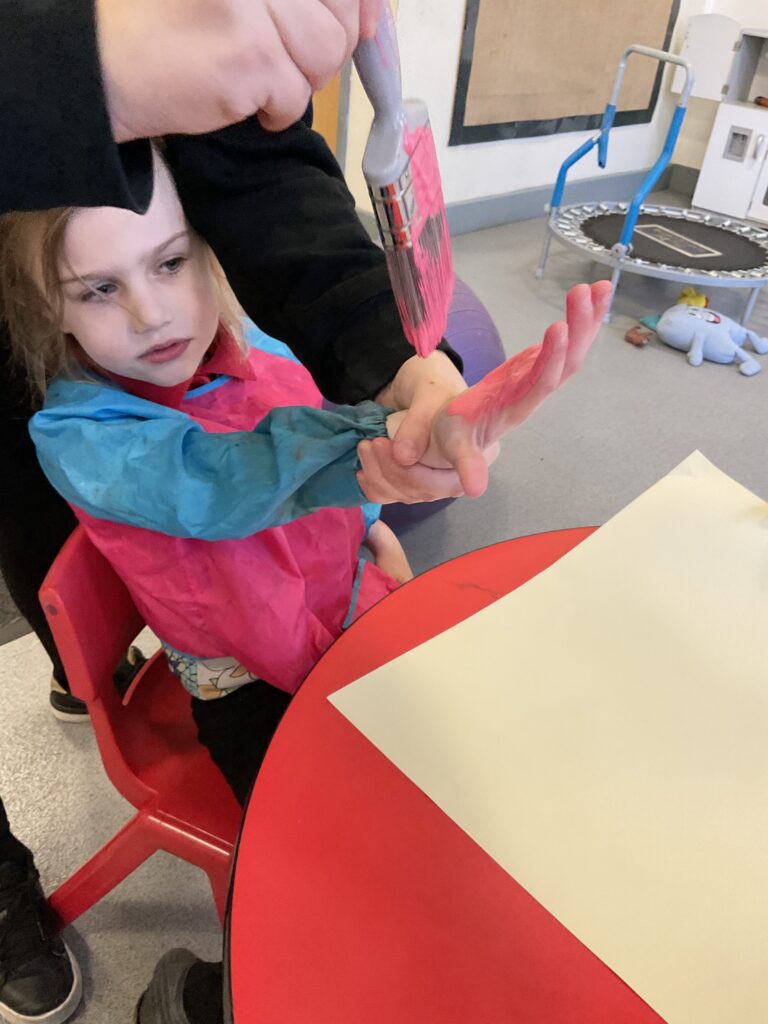
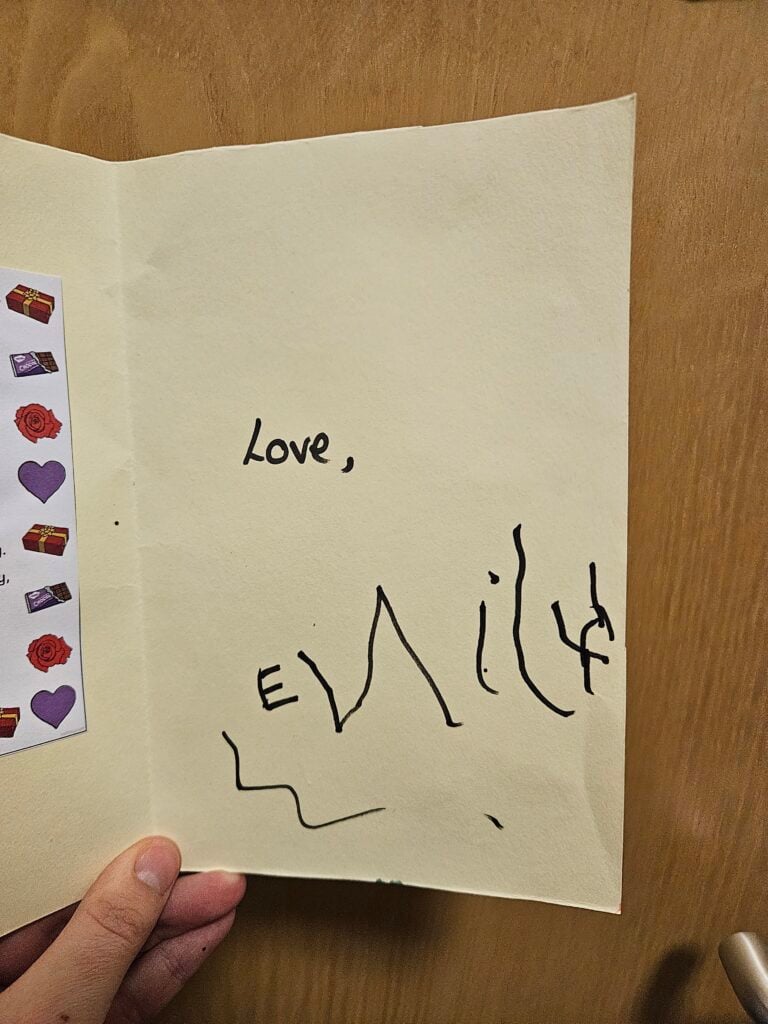
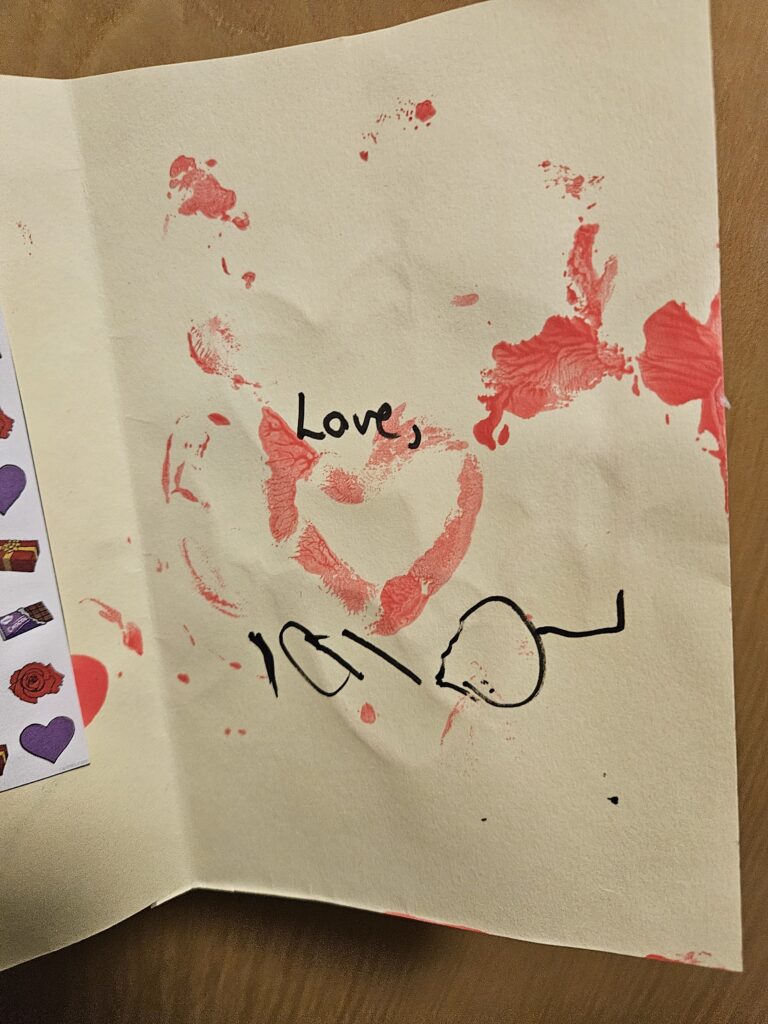
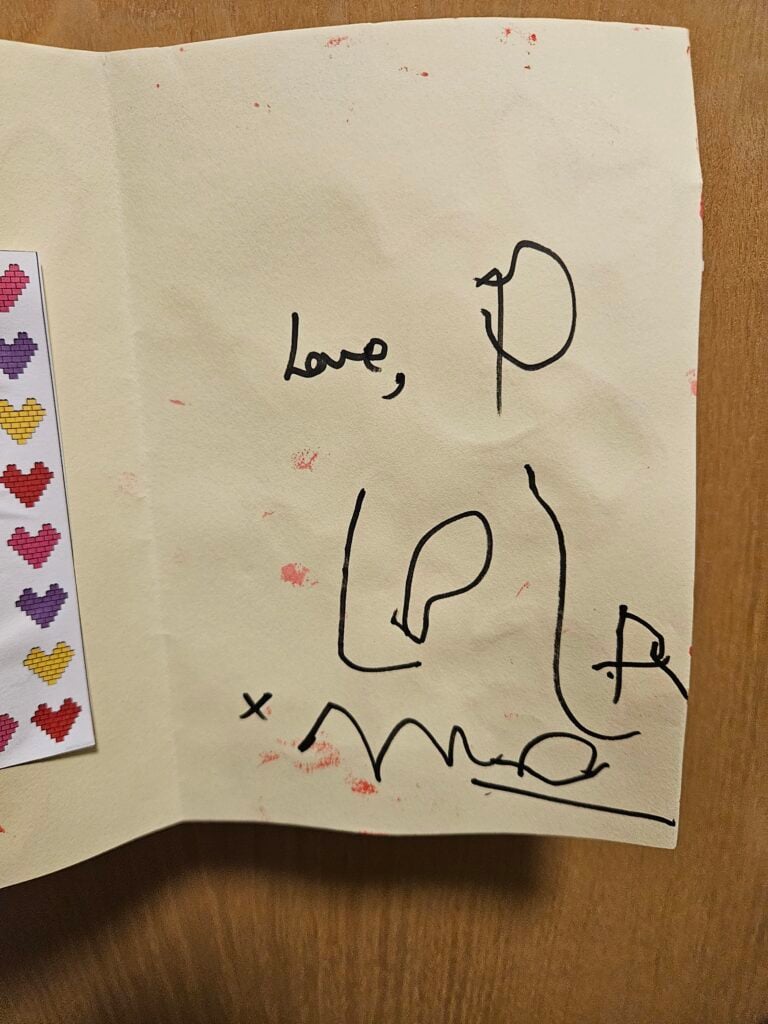
In our English lesson today, we started to build up a bank of ideas for the characters in our narrative. We worked in small groups to think about what the characters would say when one of them is an expert and the other is a novice. In our next lesson, we will turn these ideas into speech which we will use later in in our writing sequence.
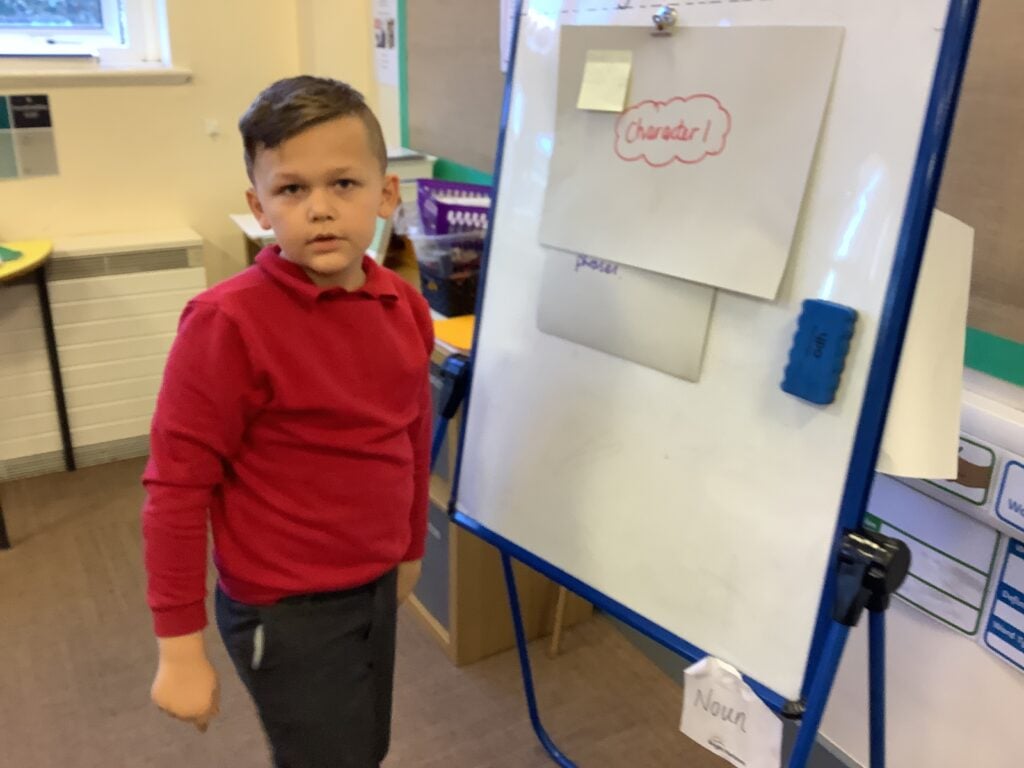
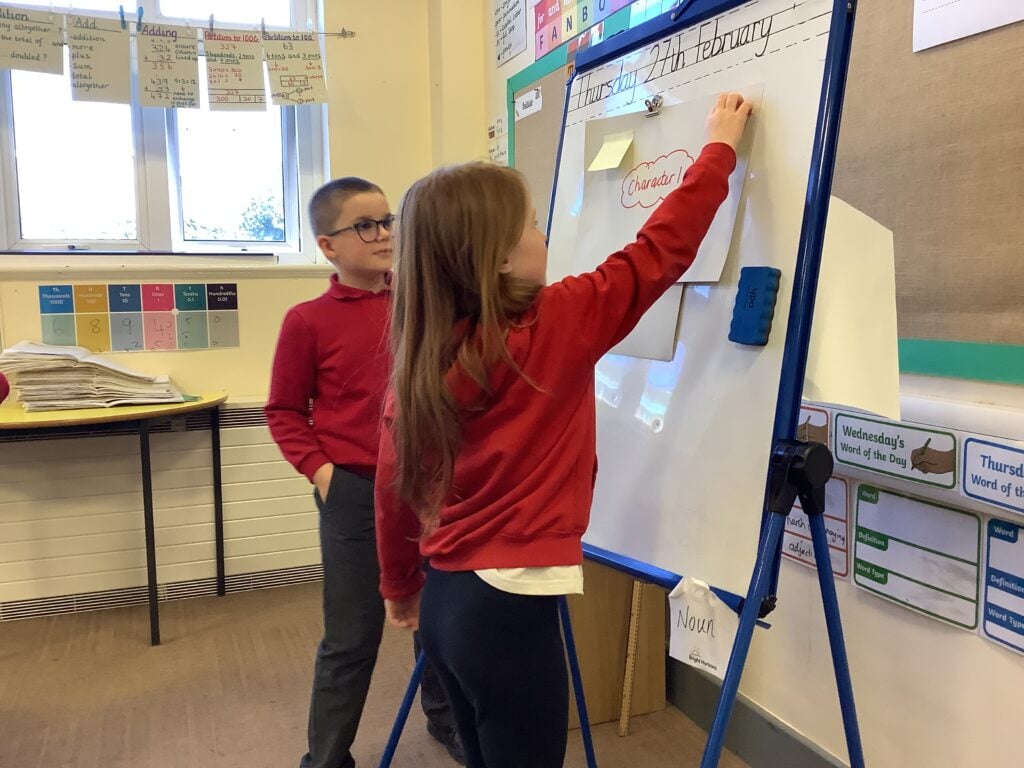
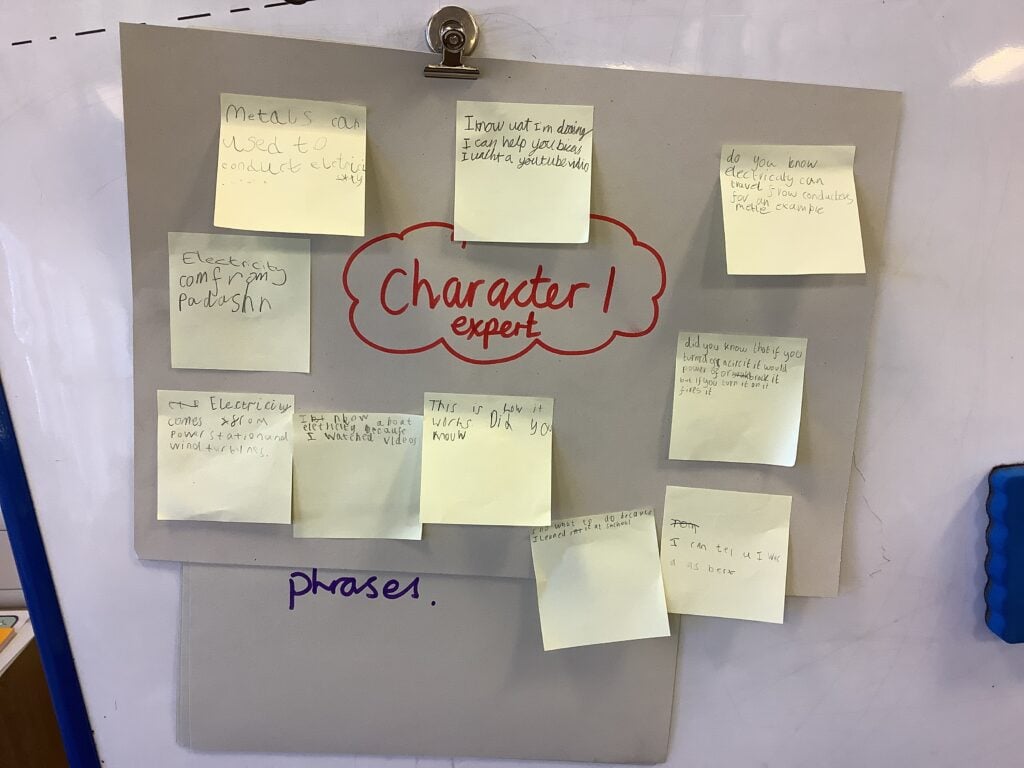
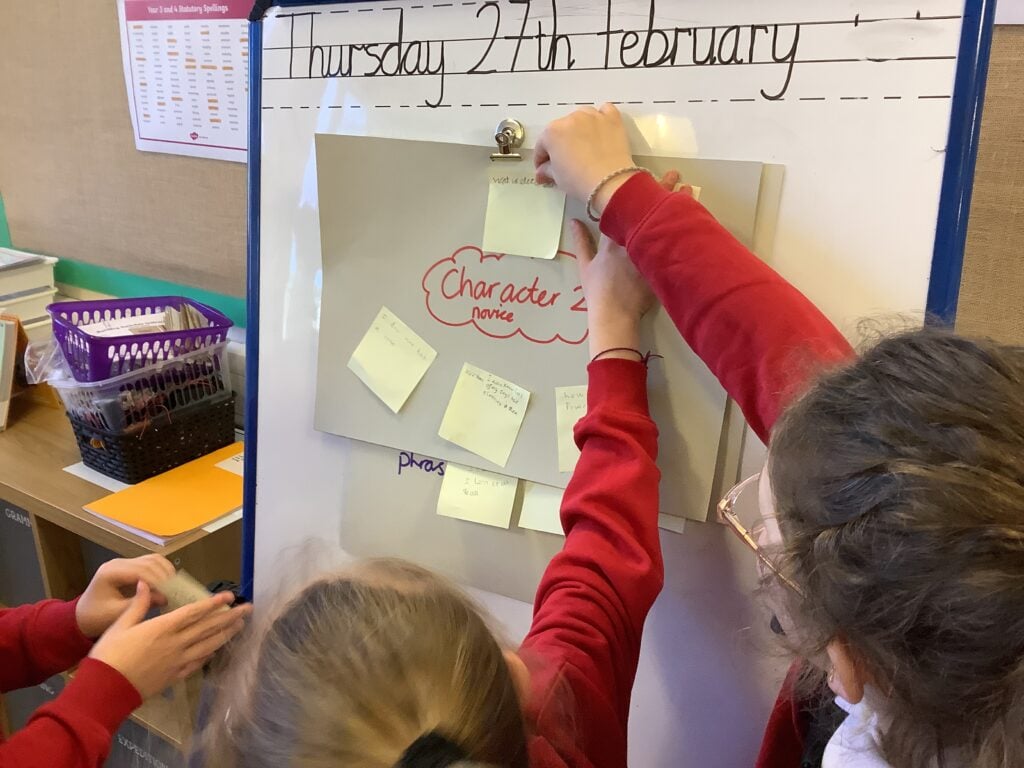
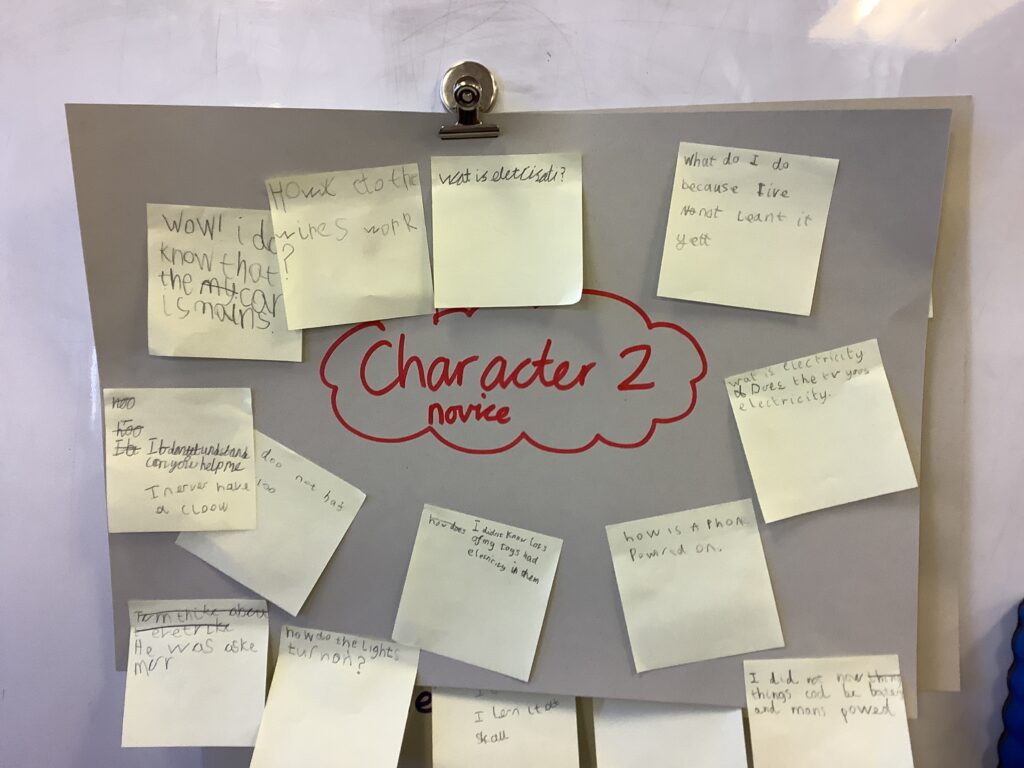
Crew Hamill have begun their next unit of writing this week which we’re extremely excited about as it is going to be supporting us with our final product. This unit is all about monologues (speeches). We began this unit by watching a few video examples of monologues to generate ideas on what they are and how they are performed, making notes in our mini crews on things that we noticed.

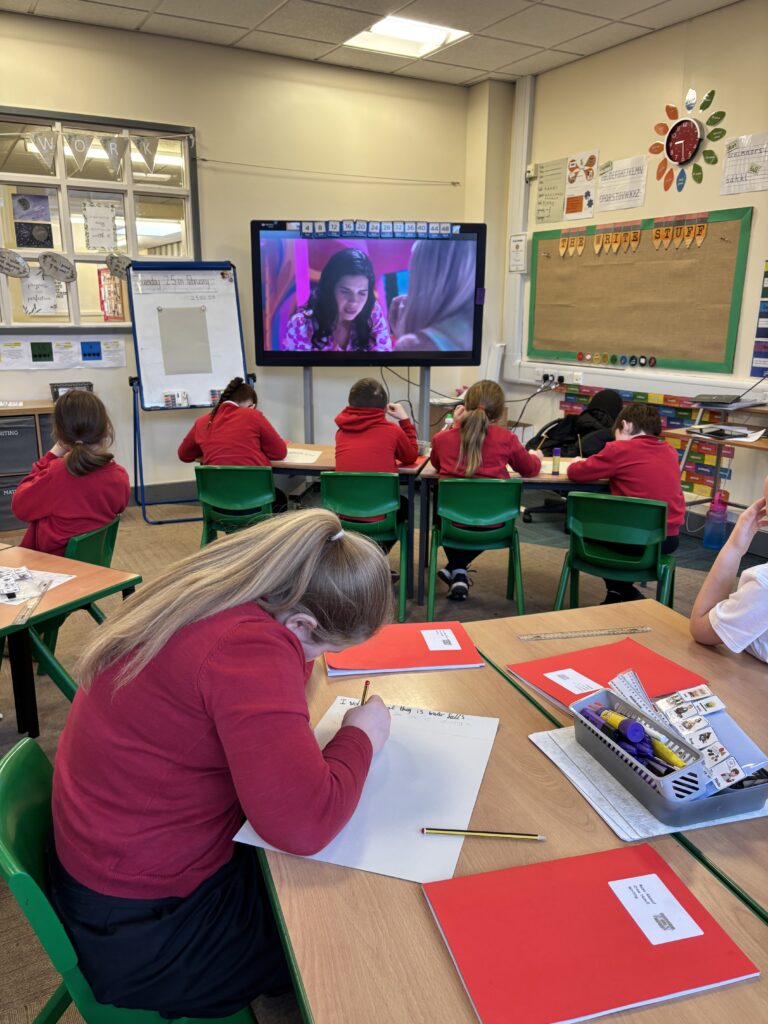
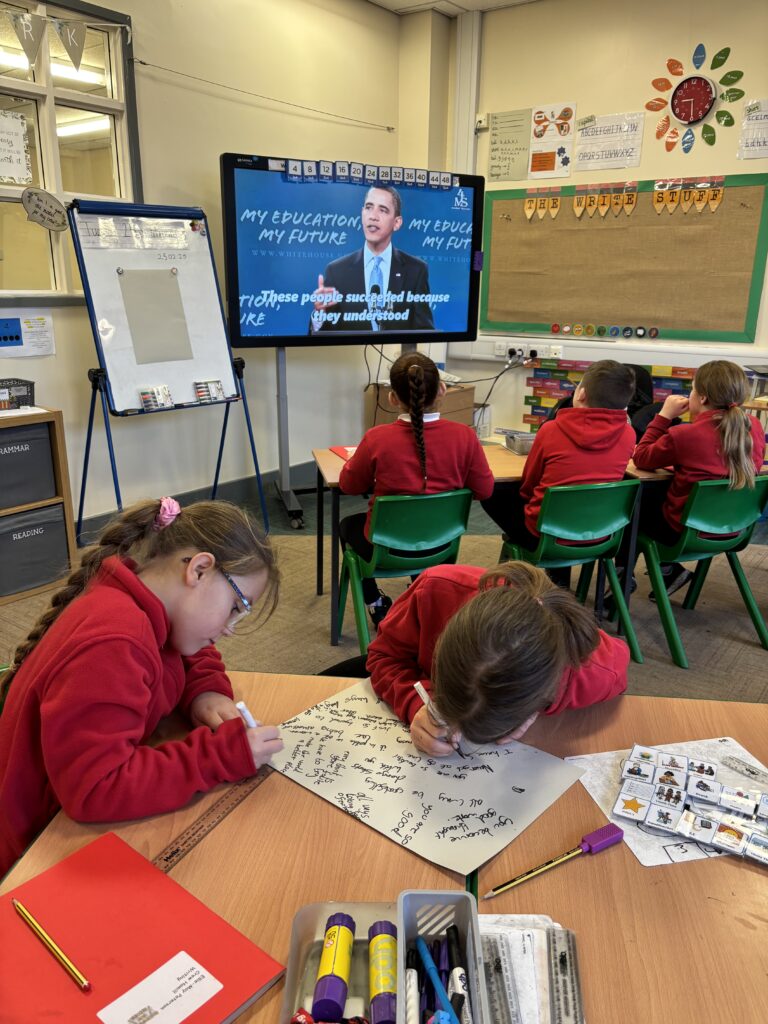
Once we had completed this, we then had a class discussion on the things that we liked and disliked about Doncaster as a city. This is because our speech is going to be focused on our dreams for Doncaster. On our second day of this lesson, we then worked in mini crews to organise given cards into two sections – things that Doncaster already has that are good and things that would make Doncaster a better place. Following this, we looked at some quotes from a recent Doncaster Free Press article of other people sharing their wishes for Doncaster in order to further develop our ideas. Once we had done this, we generated our own ideas and shared these with a crew.
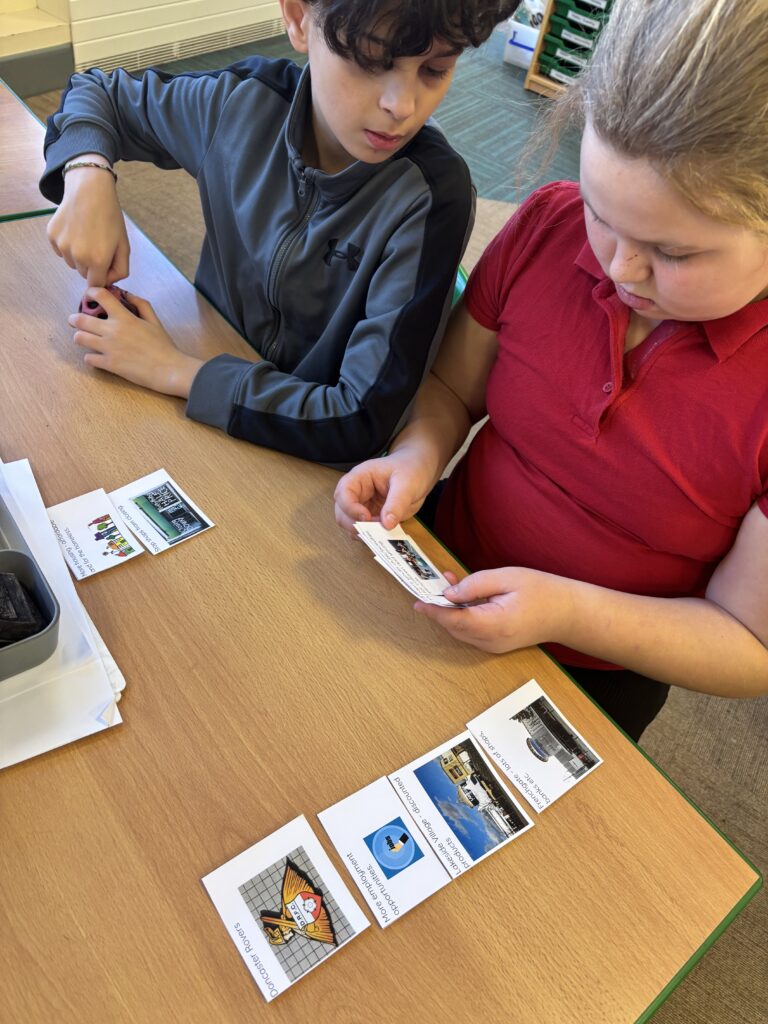

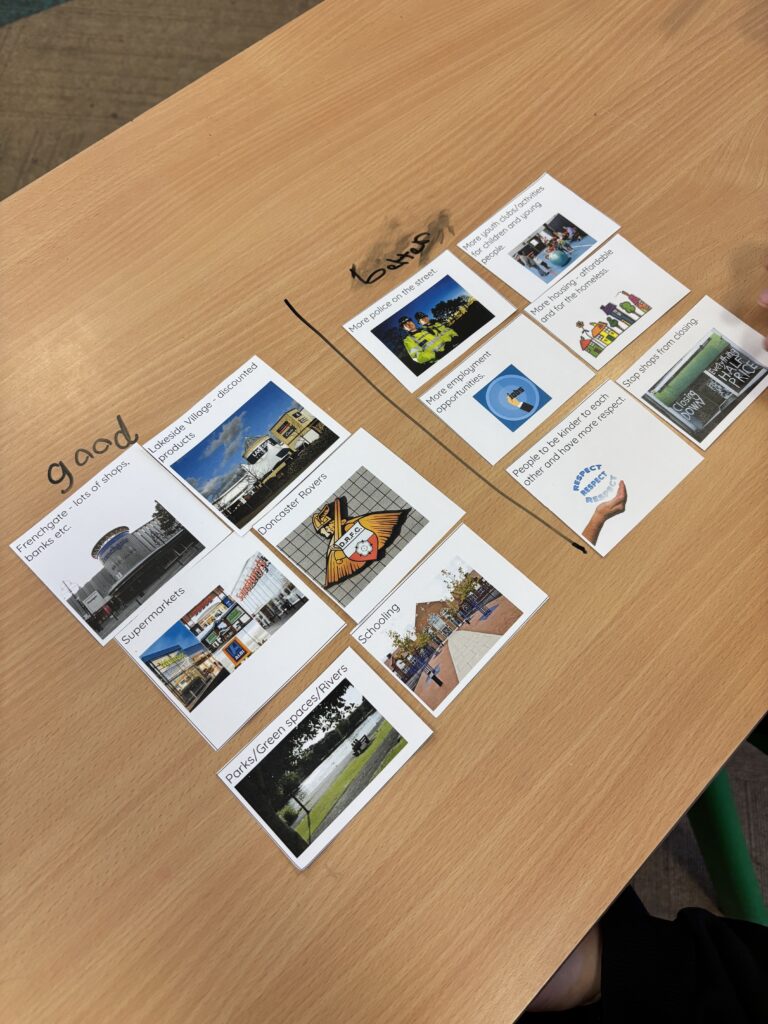
To demonstrate our learning, we then created mind maps of ideas that we would like to include in our own speeches, illustrating our own dreams for Doncaster.
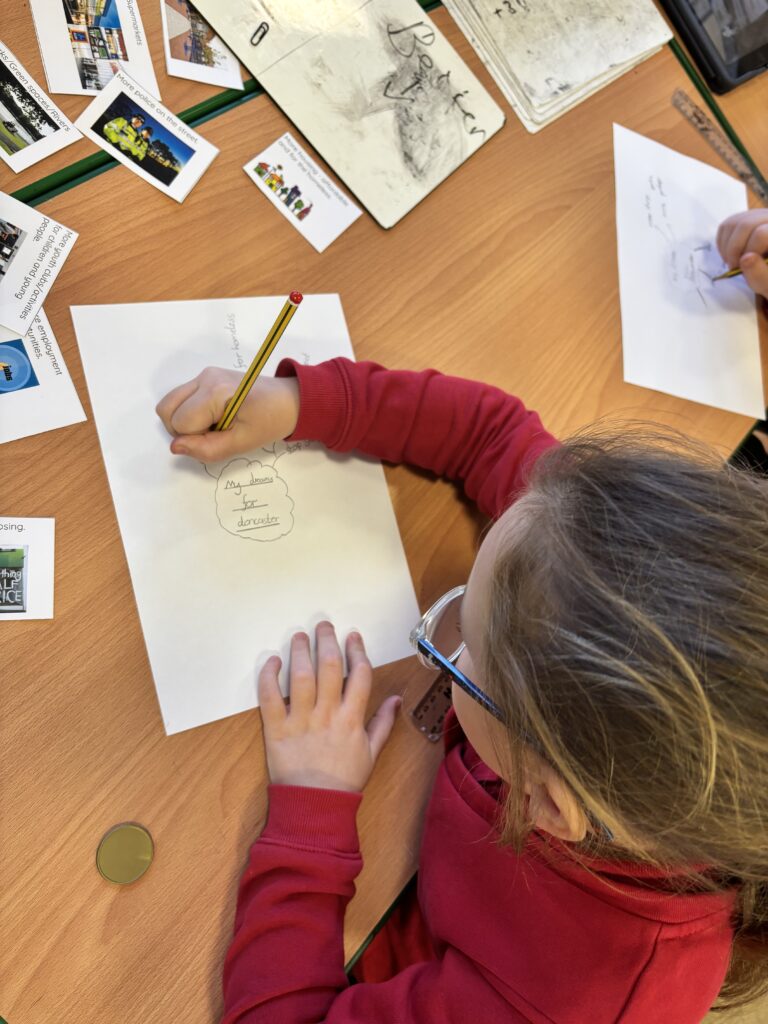
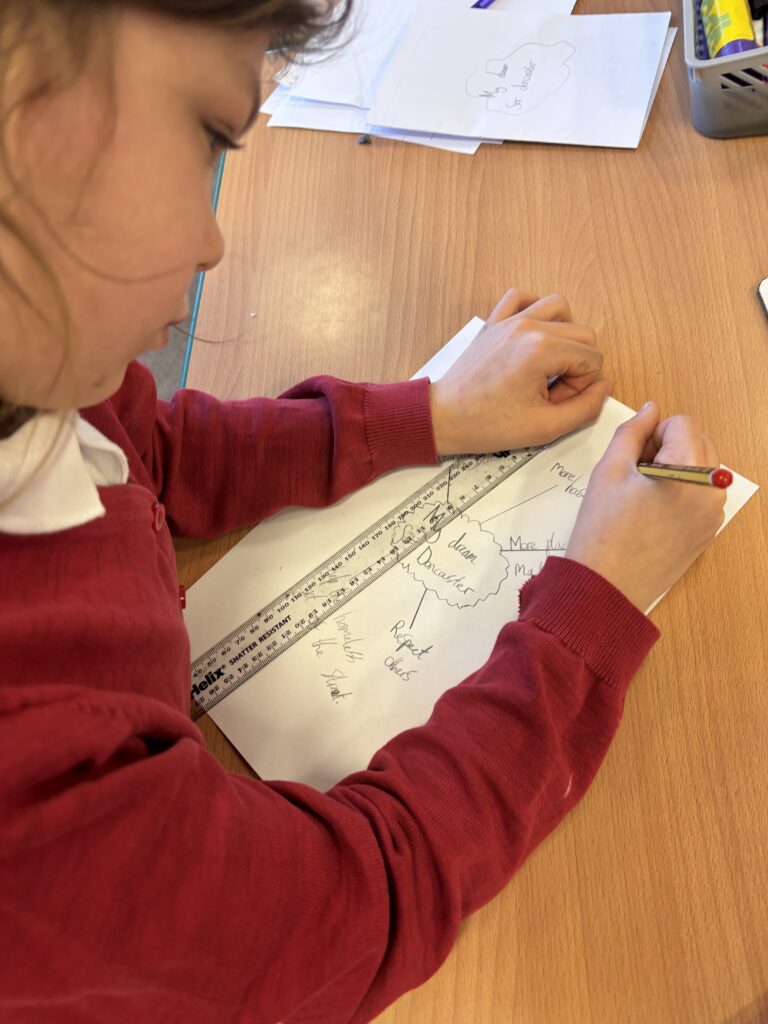
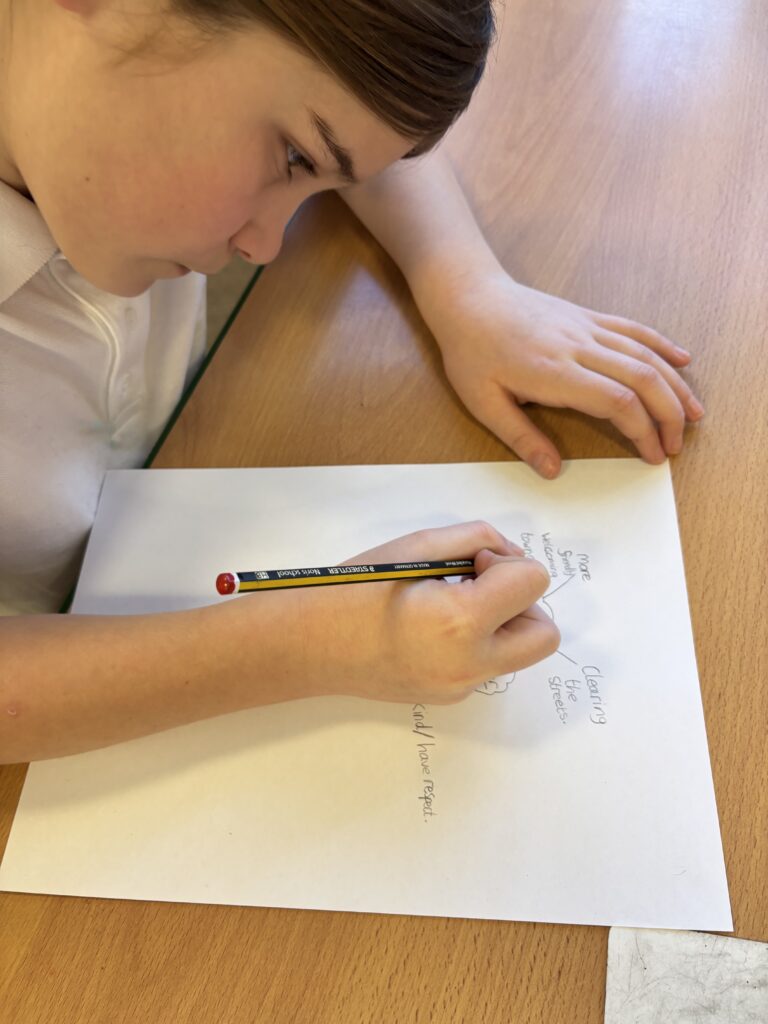

To consolidate our learning, we had a class vote on whether or not we would recommend Doncaster as a place to move to. We then had to justify our decision with reasons. Some of us believed it was a good place to come to as we have lots of shops, good schools and plenty of green spaces to play. Others believed it wasn’t the best place to move to as we would like it to have more employment opportunities and kinder, more respectful members of the community.
Today in Crew Wilkinson, we used Freeze Frames to help us feel the character feelings. This helped us to understand their emotions better, so we can write a more detailed descriptions when writing a diary entry.
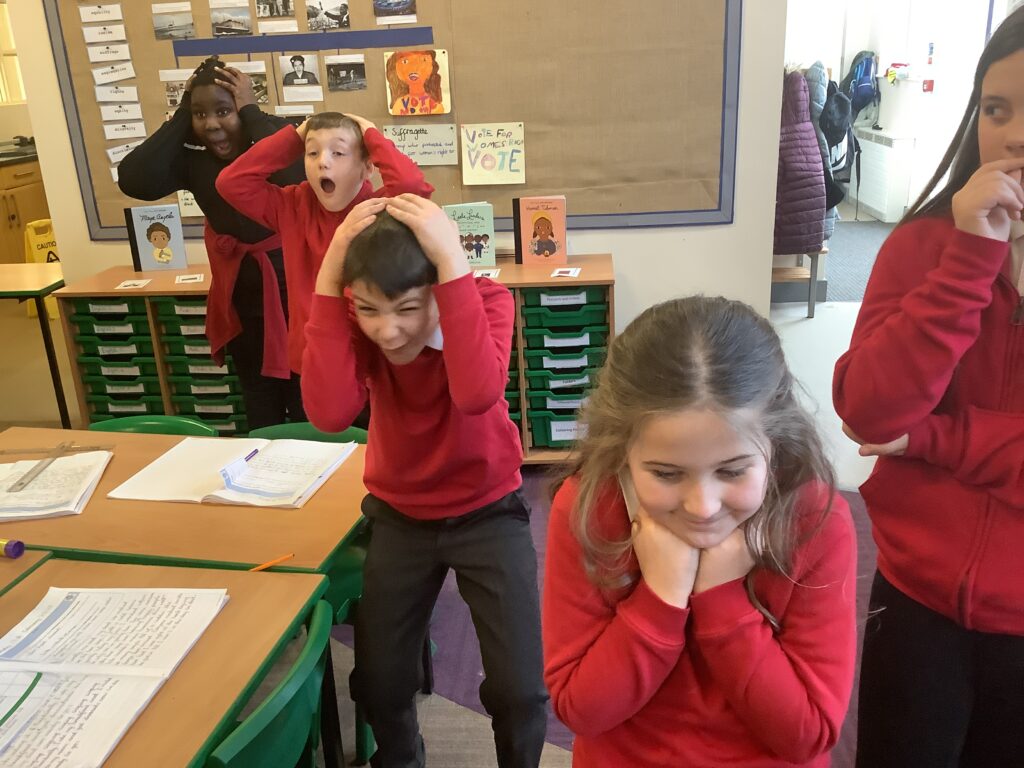
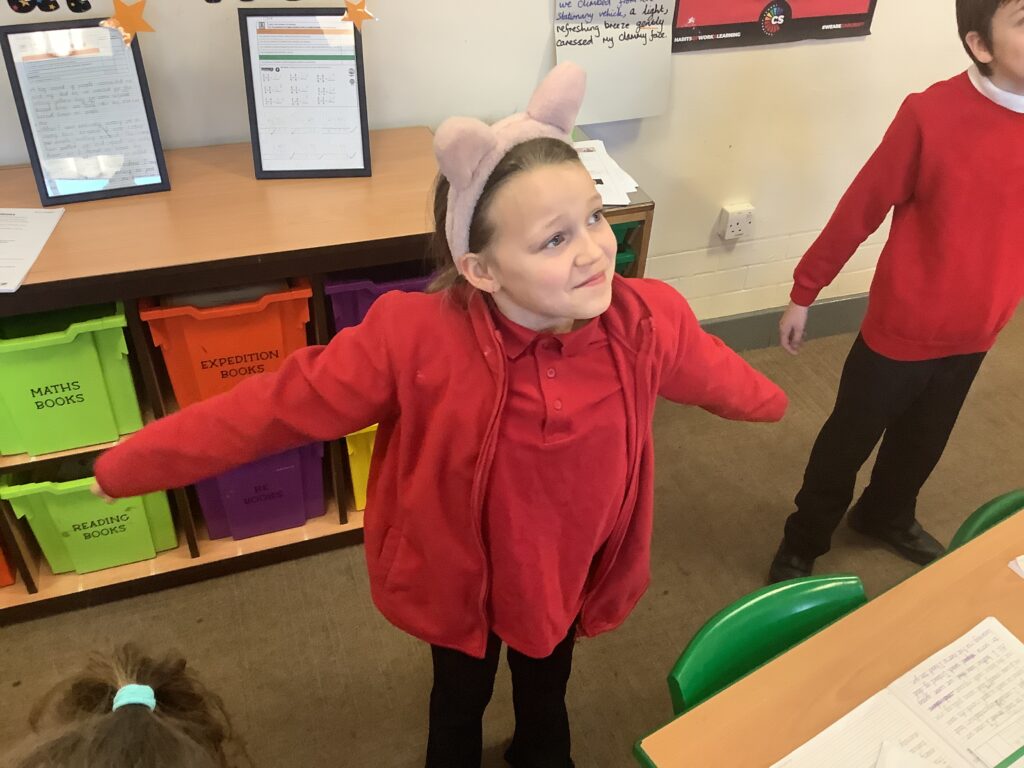

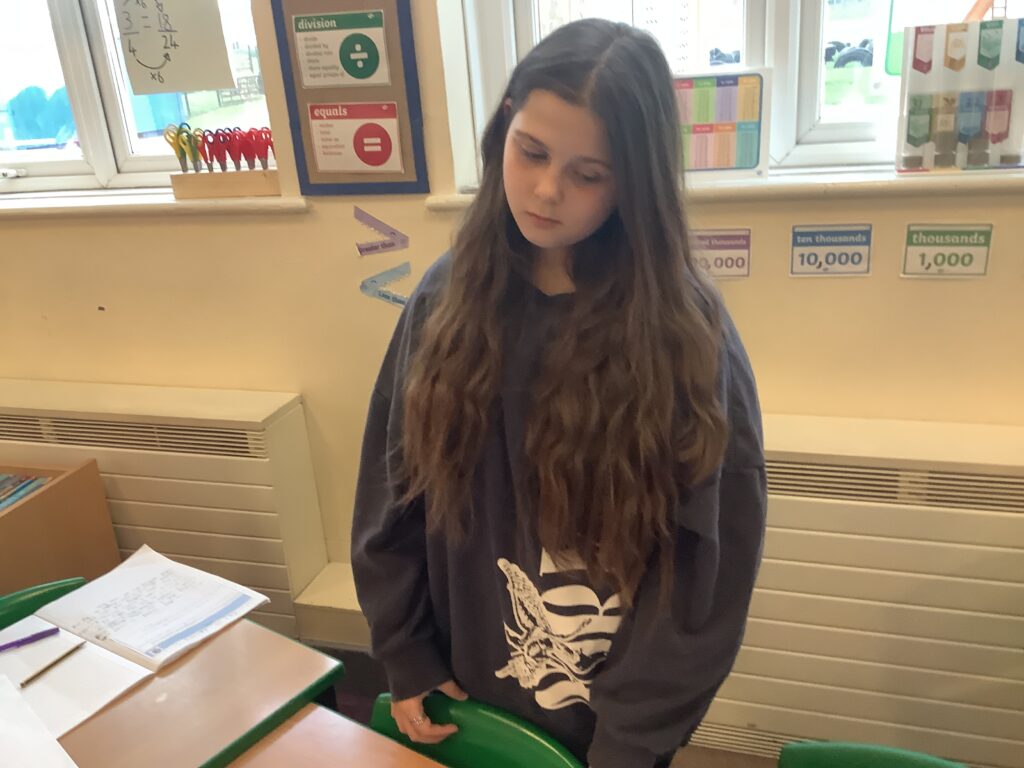
In writing on Friday, we learned about subordinate conjunctions and how they add further information to the main clause. We learned I SAW A WABUB to help us remember the subordinate conjunctions. Then we worked in pairs to experiment with the position of the subordinate clause. We realised that the subordinate clause can either be at the start or end of the sentence. However, if it is at the start of the sentence, we must remember to use a comma to separate the main clause and the subordinate clause.
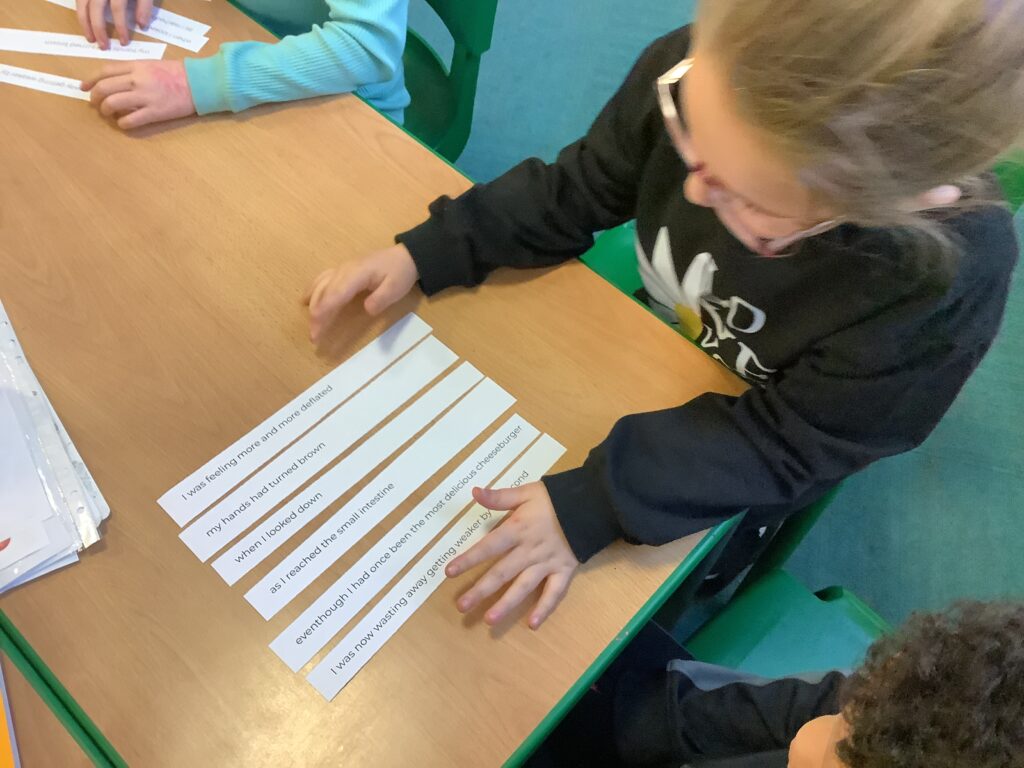
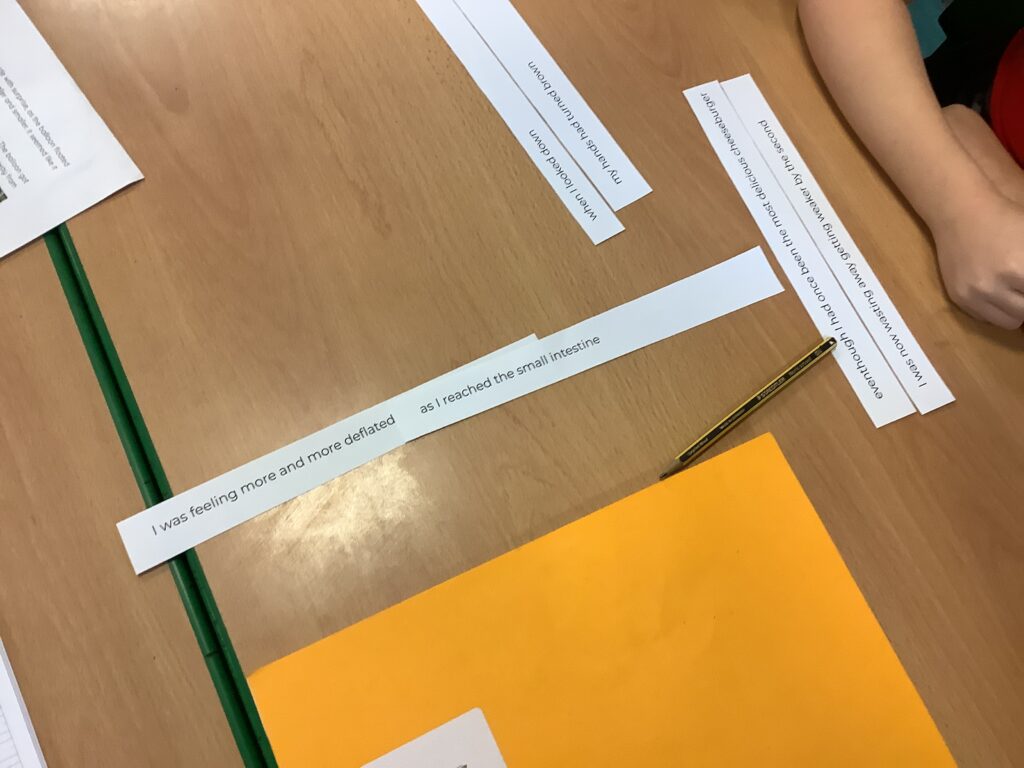
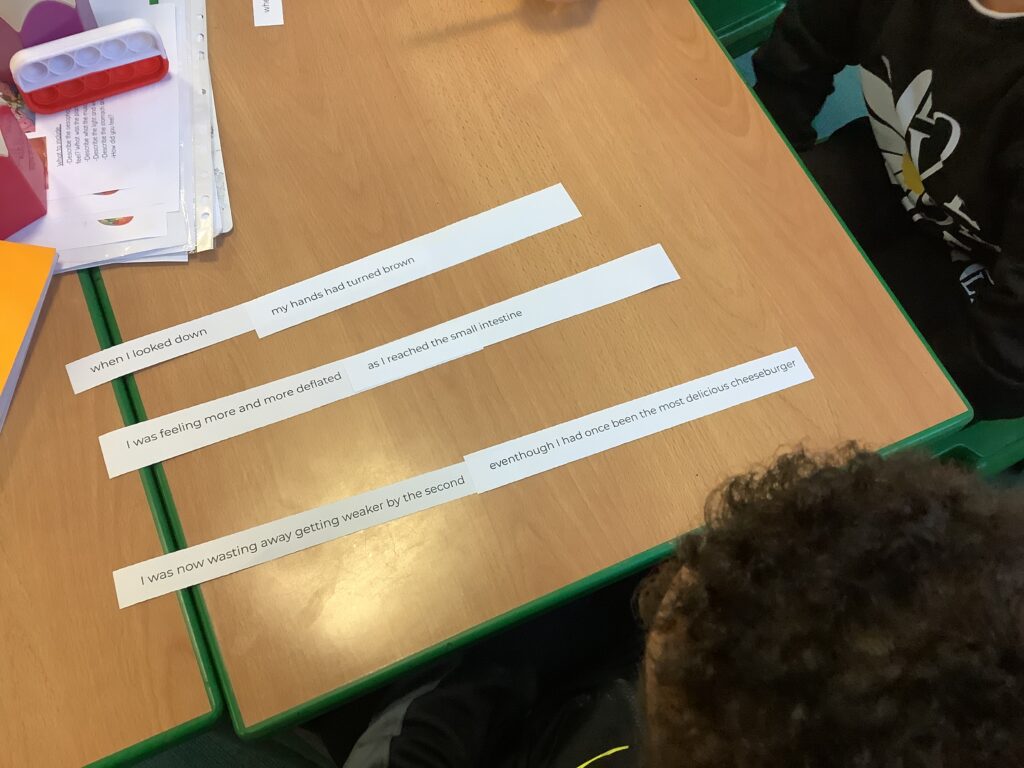
Today we practised using fronted adverbials. We also tried to to consolidate our learning from yesterday by using a coordinating conjunction to extend our idea.
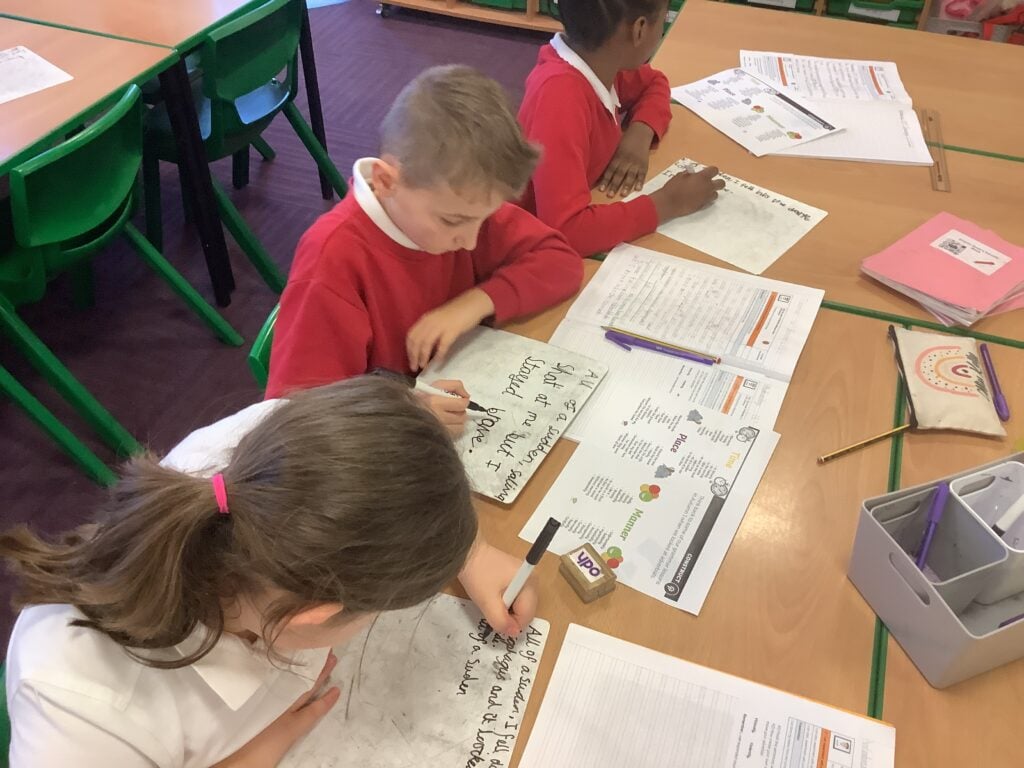
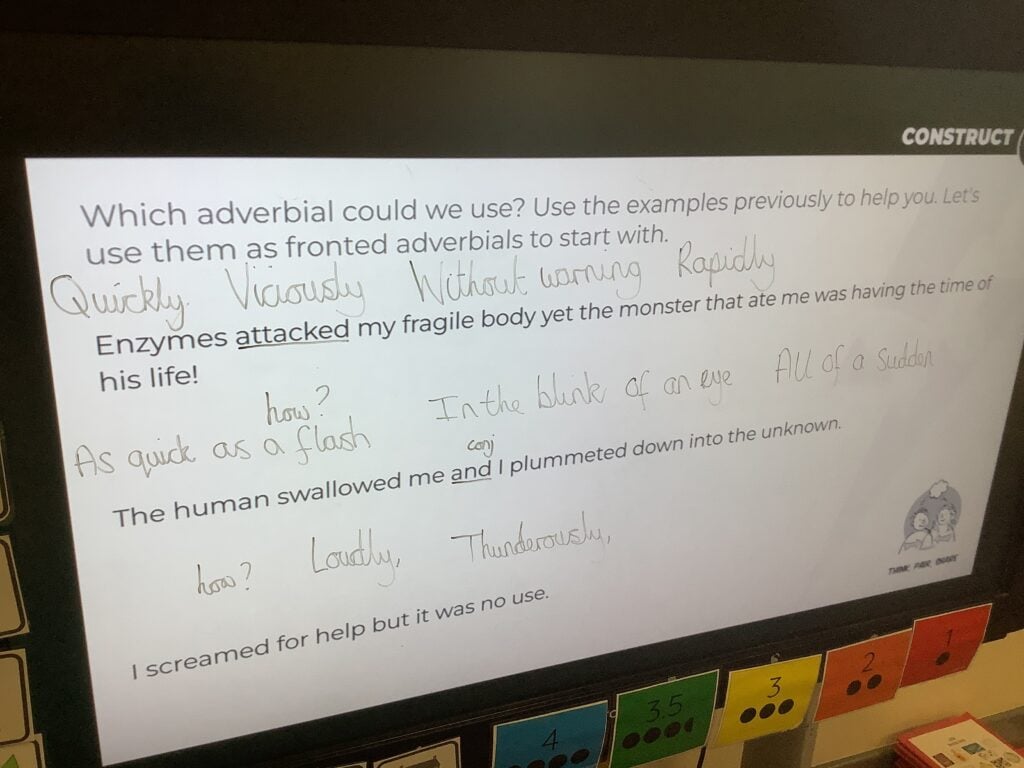
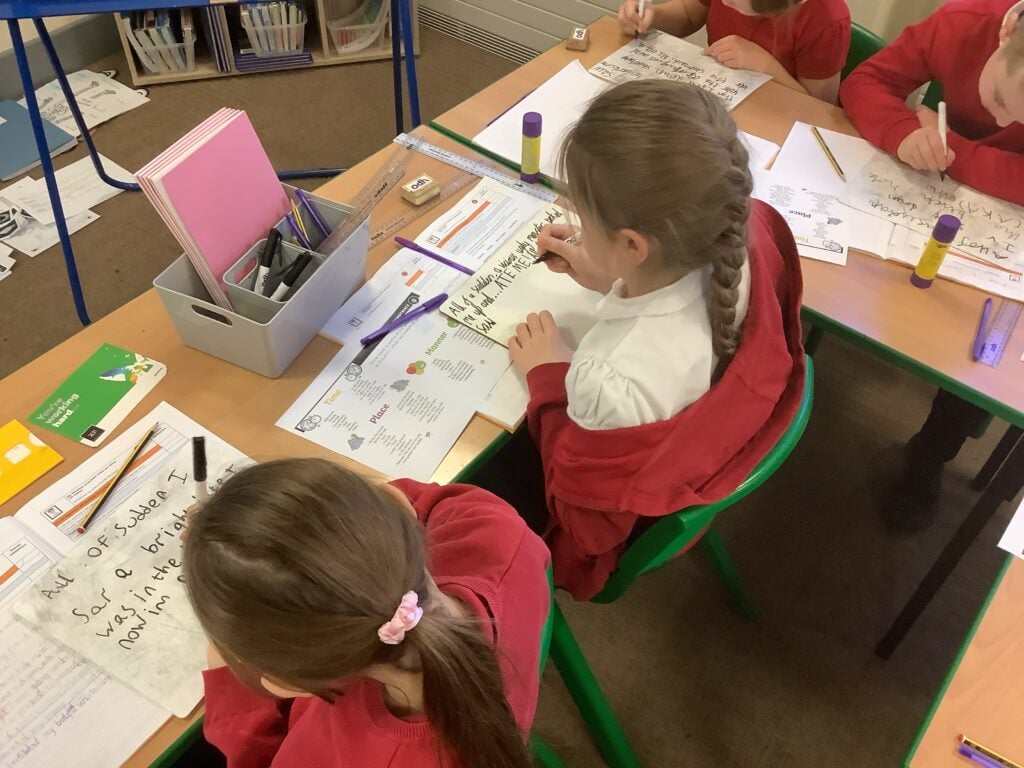

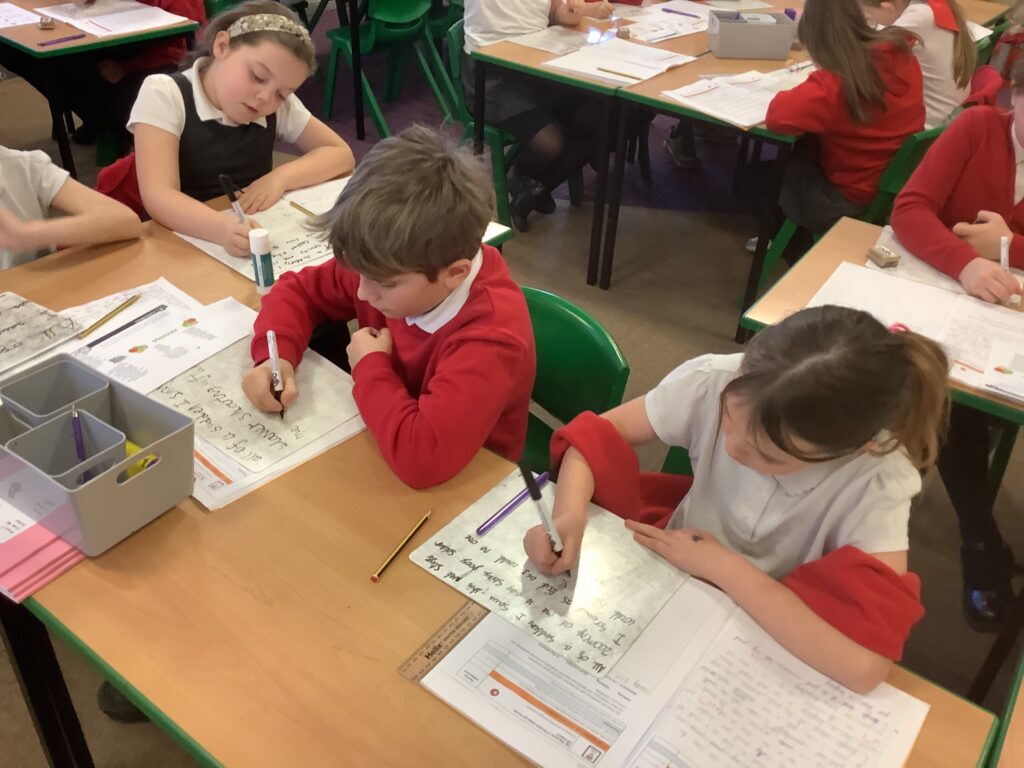
Today in Crew Wilkinson, we have been looking at figurative language. We created some figurative language that could be used in our setting description.
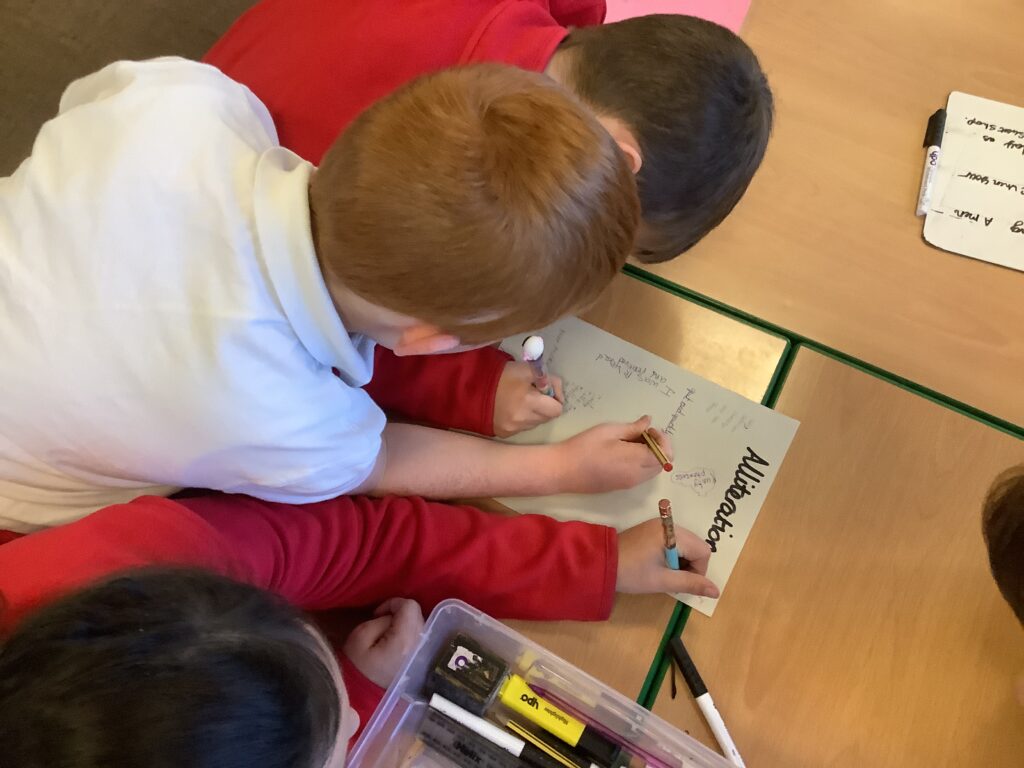
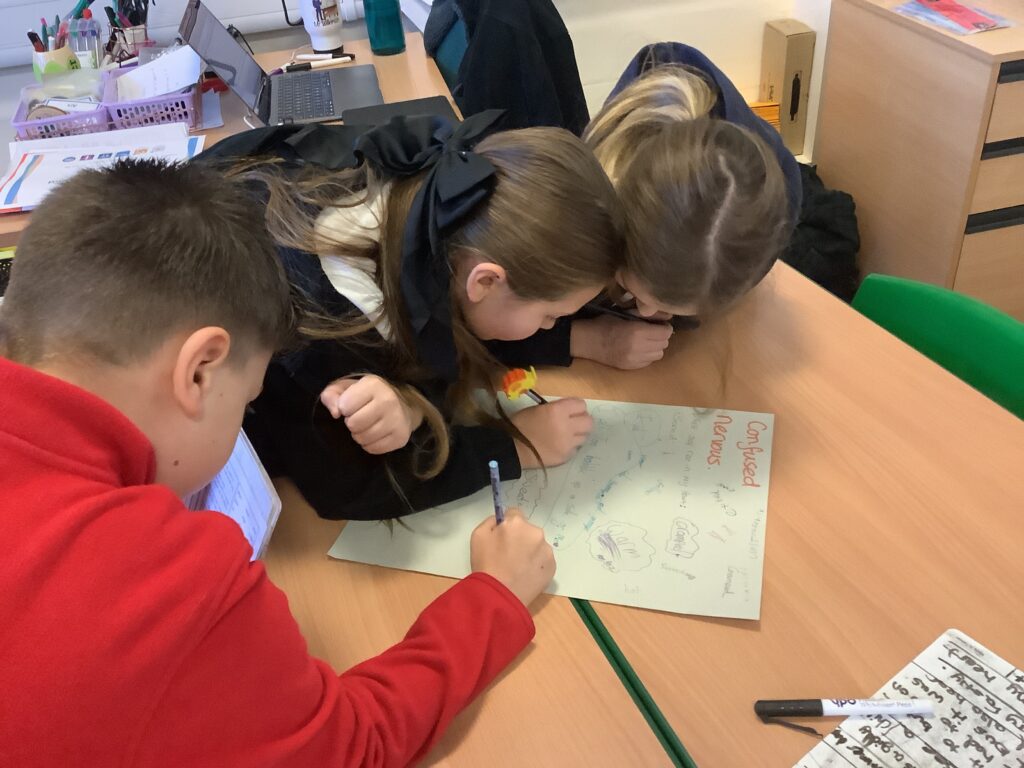


Last week, we joined a hangout with schools around the world to create our own adventure short stories. The children throughly enjoyed using their imagination and having the freedom to write their own ideas down on paper.
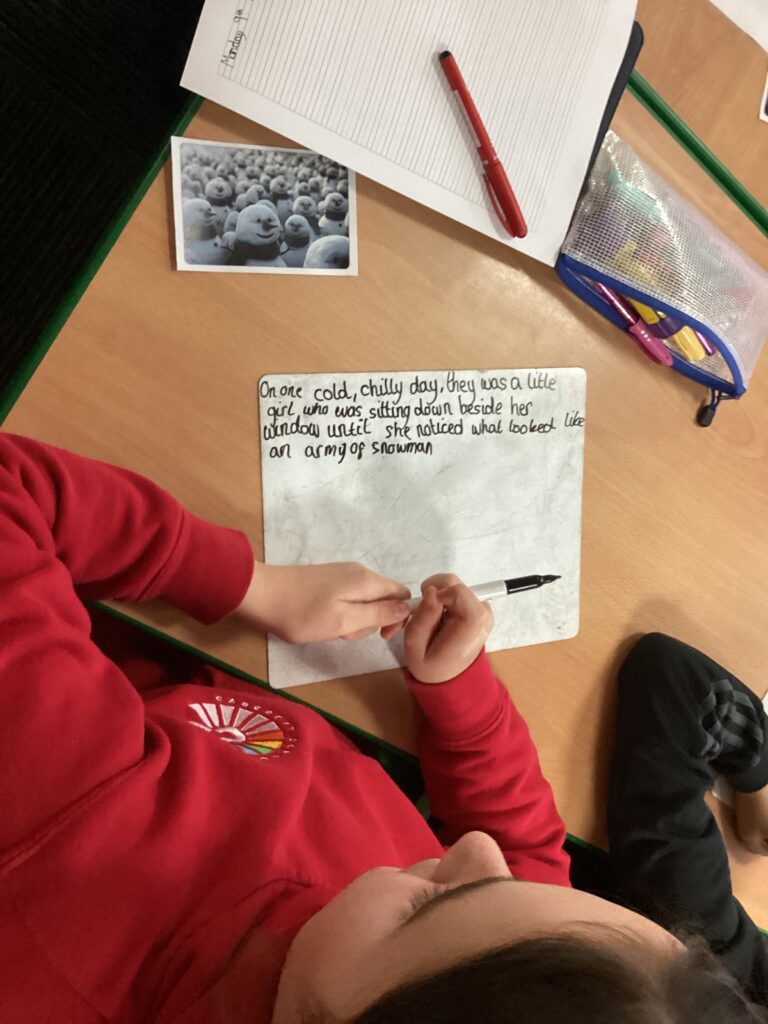
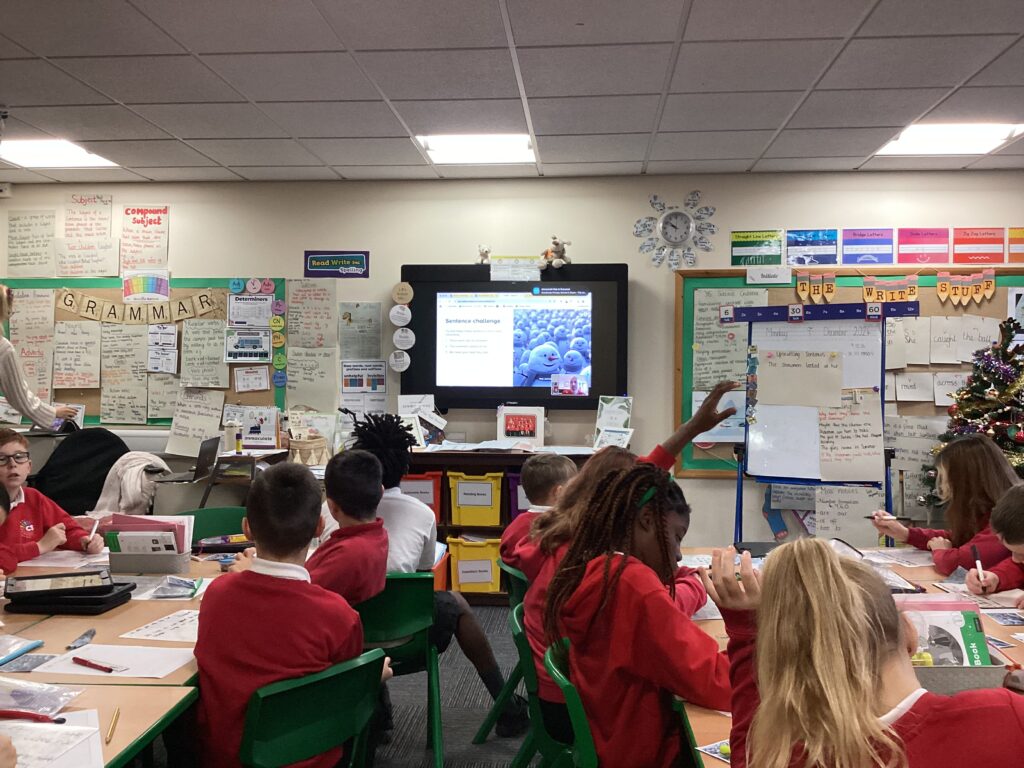
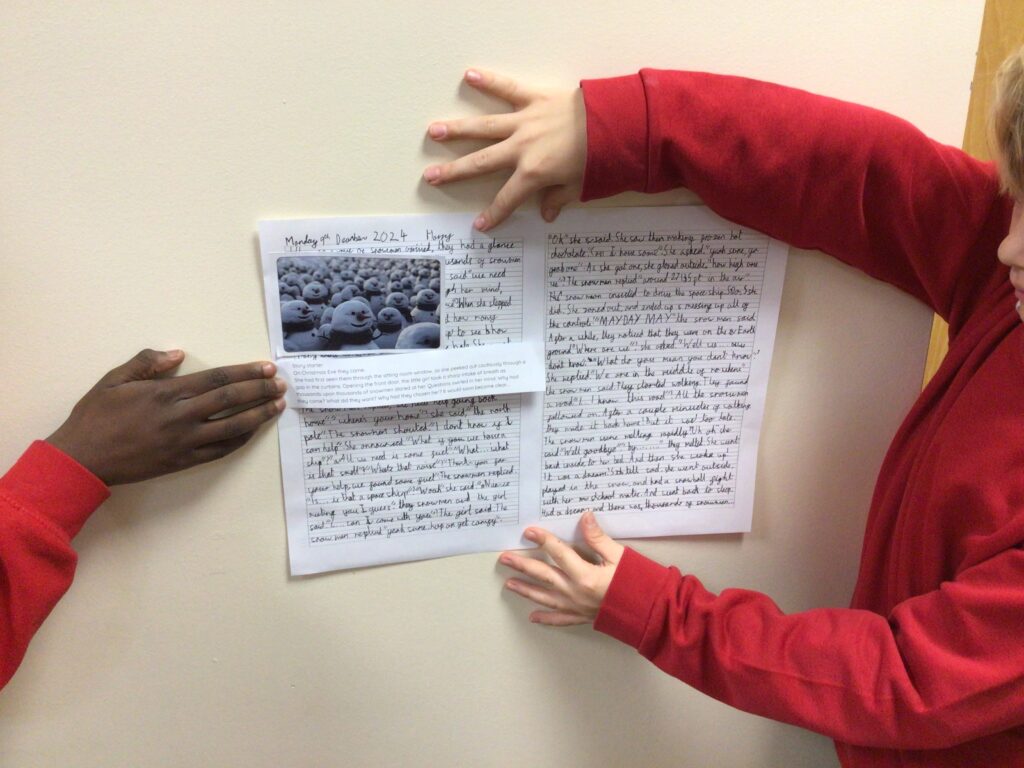

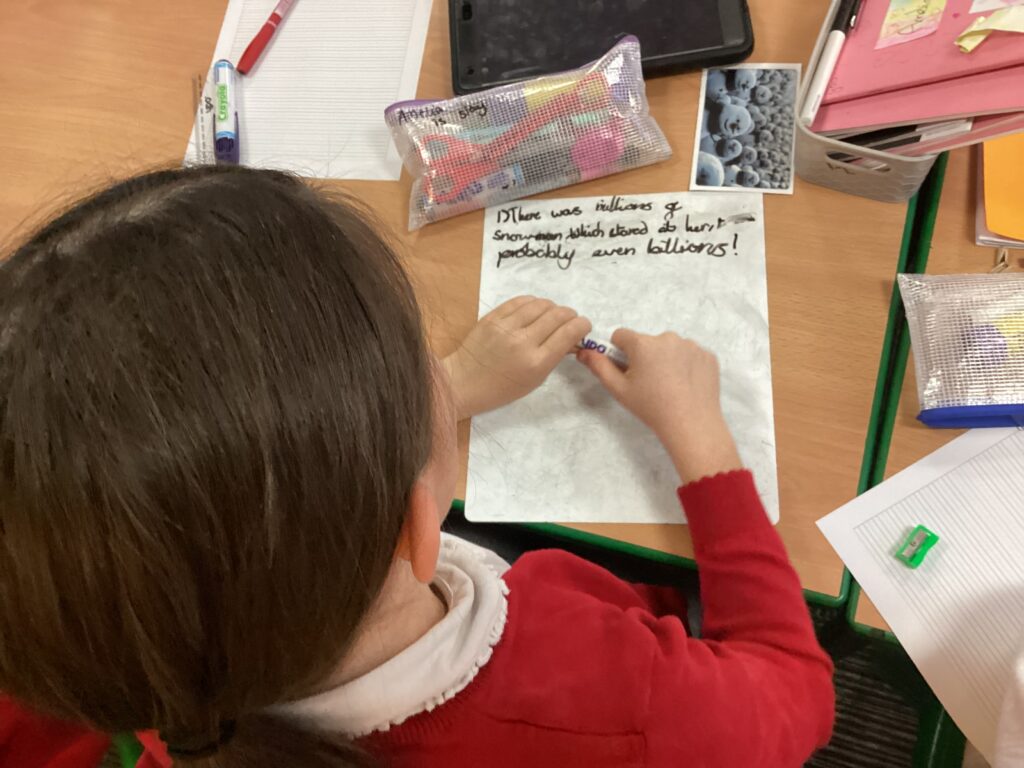

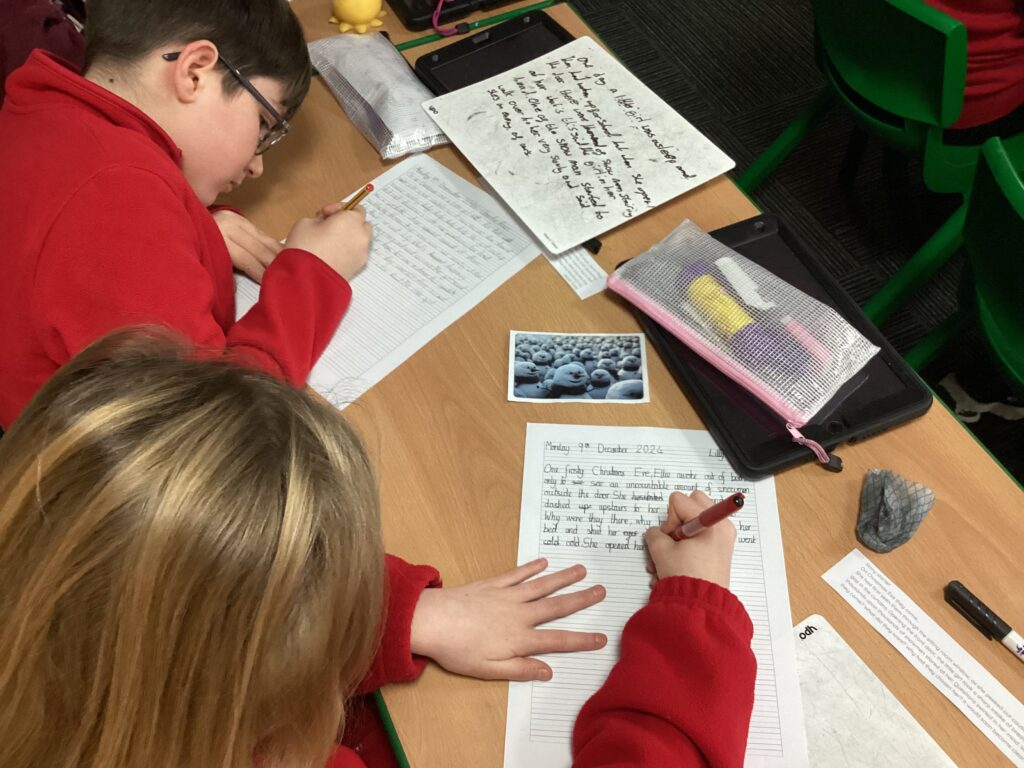
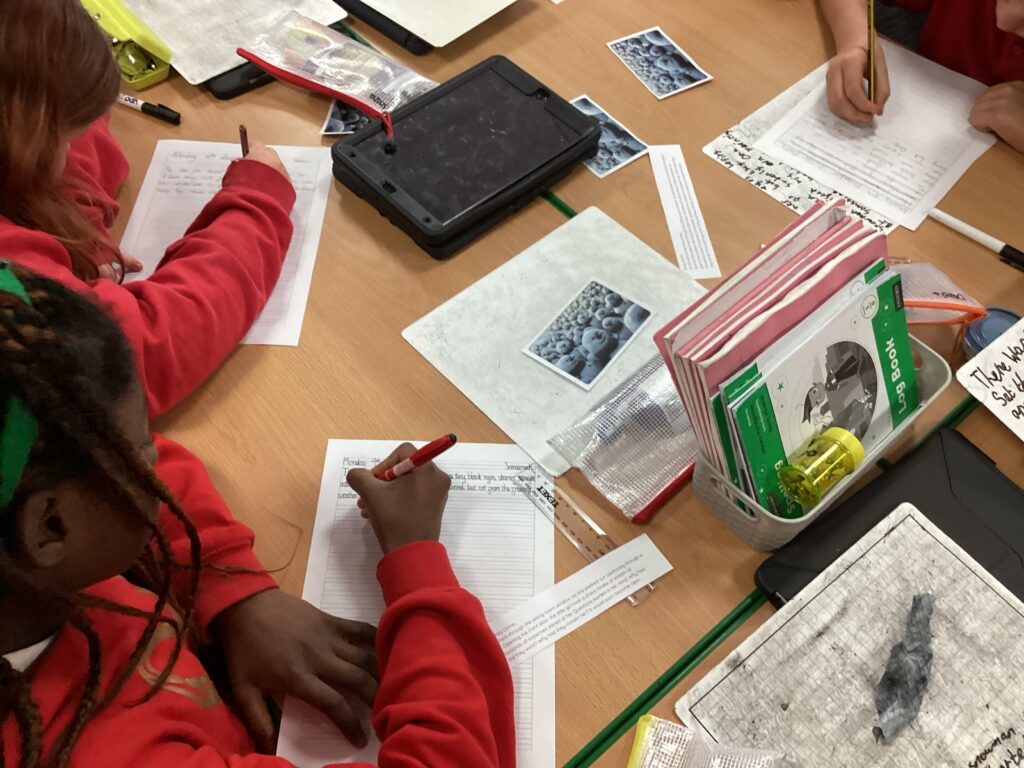
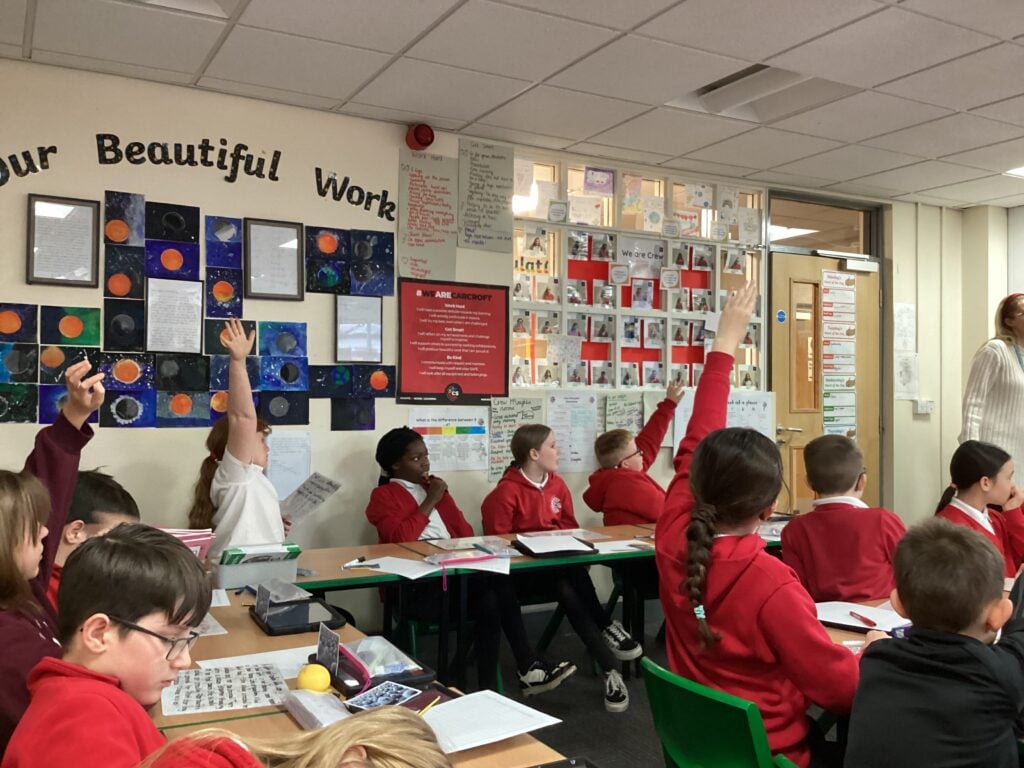
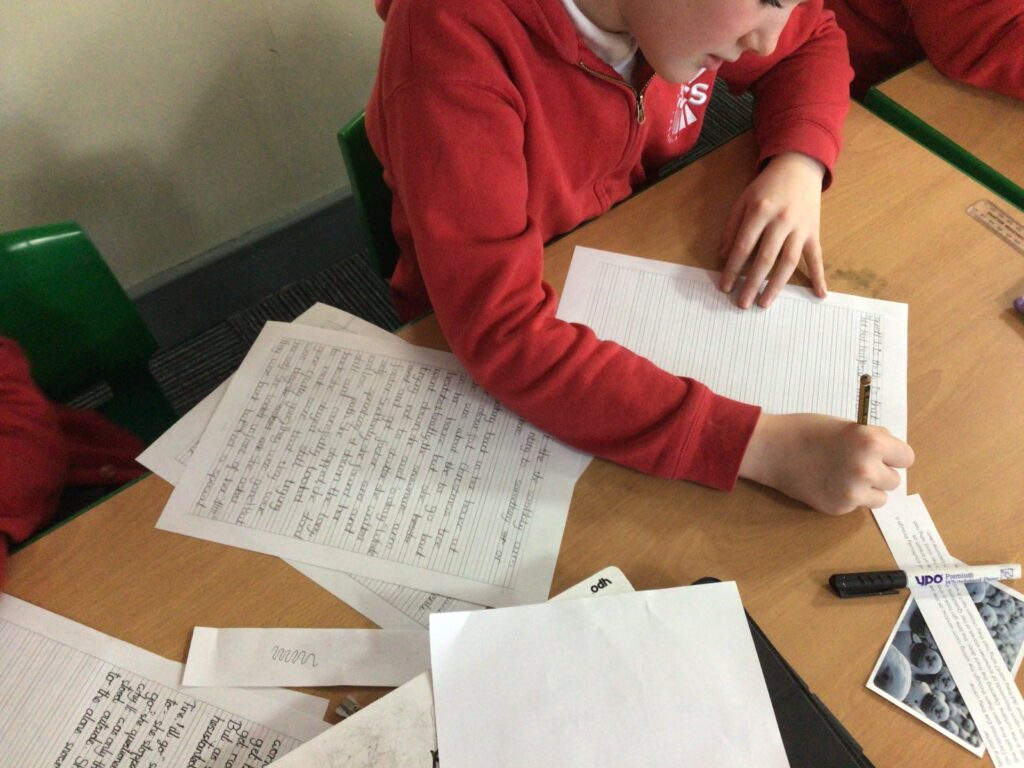
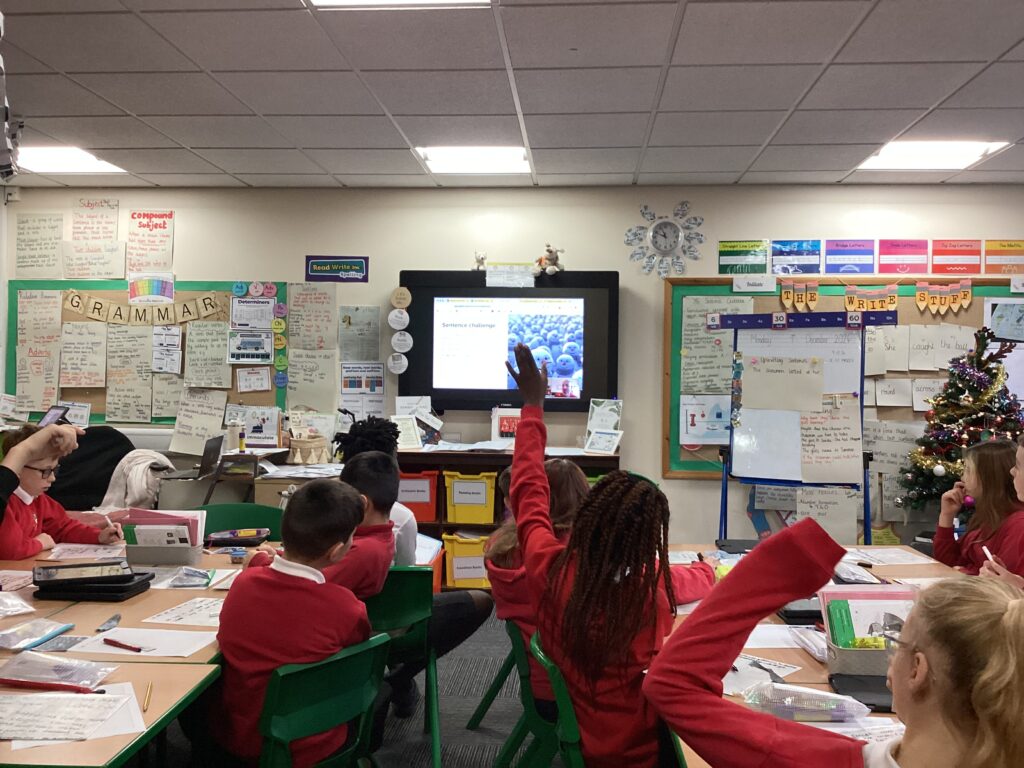
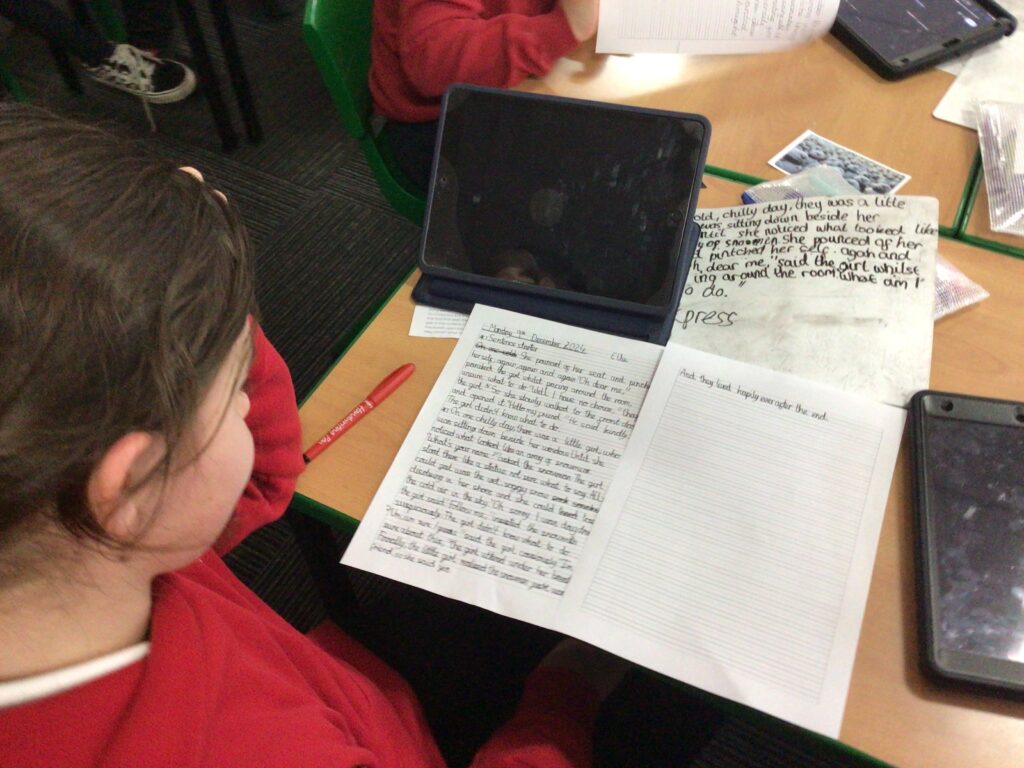
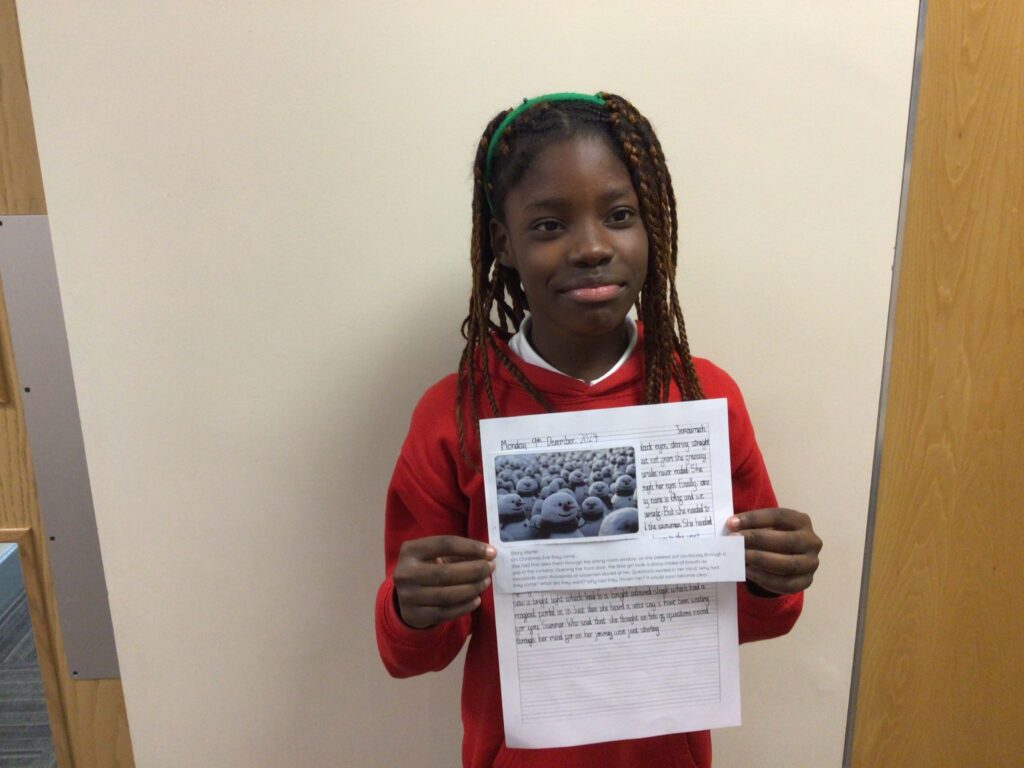
Starting Friday and continuing today, Crew Hamill have been working on producing beautiful work they are proud of, in line with our Get Smart HoWL, to produce a full non-chronological report. We have used our writing from the last few weeks that we have edited and improved in order to fully answer our guiding question for this term: How does movement affect our world? We created an introductory plot point as well as two detailed paragraphs on how the movement of the planets and forces impact on our daily life. We’ve then used what we know about the layout of non-chronological reports to write this up in our most beautiful handwriting, supported by our handwriting lines. We’ve even illustrated these with relevant pictures.
